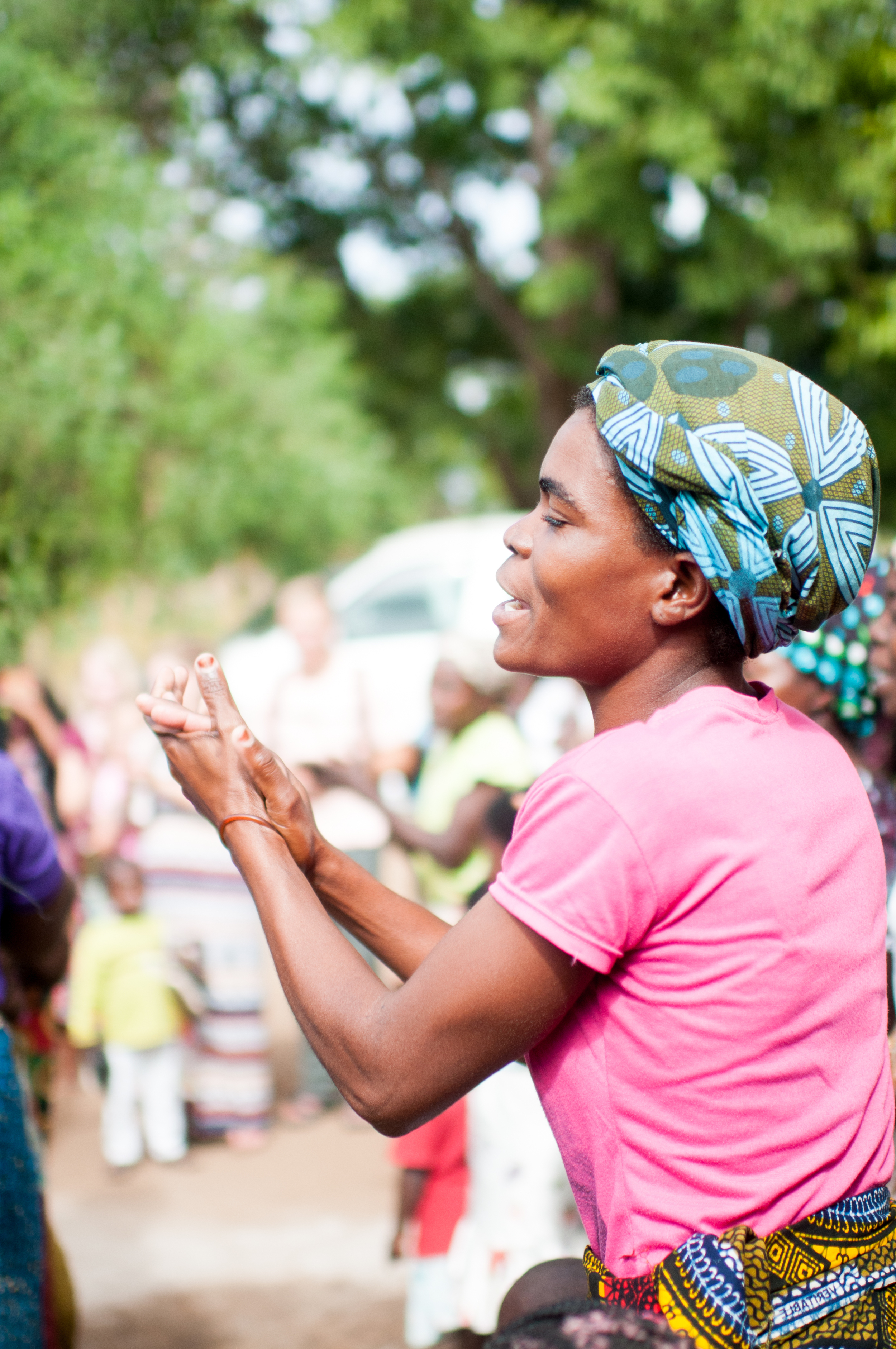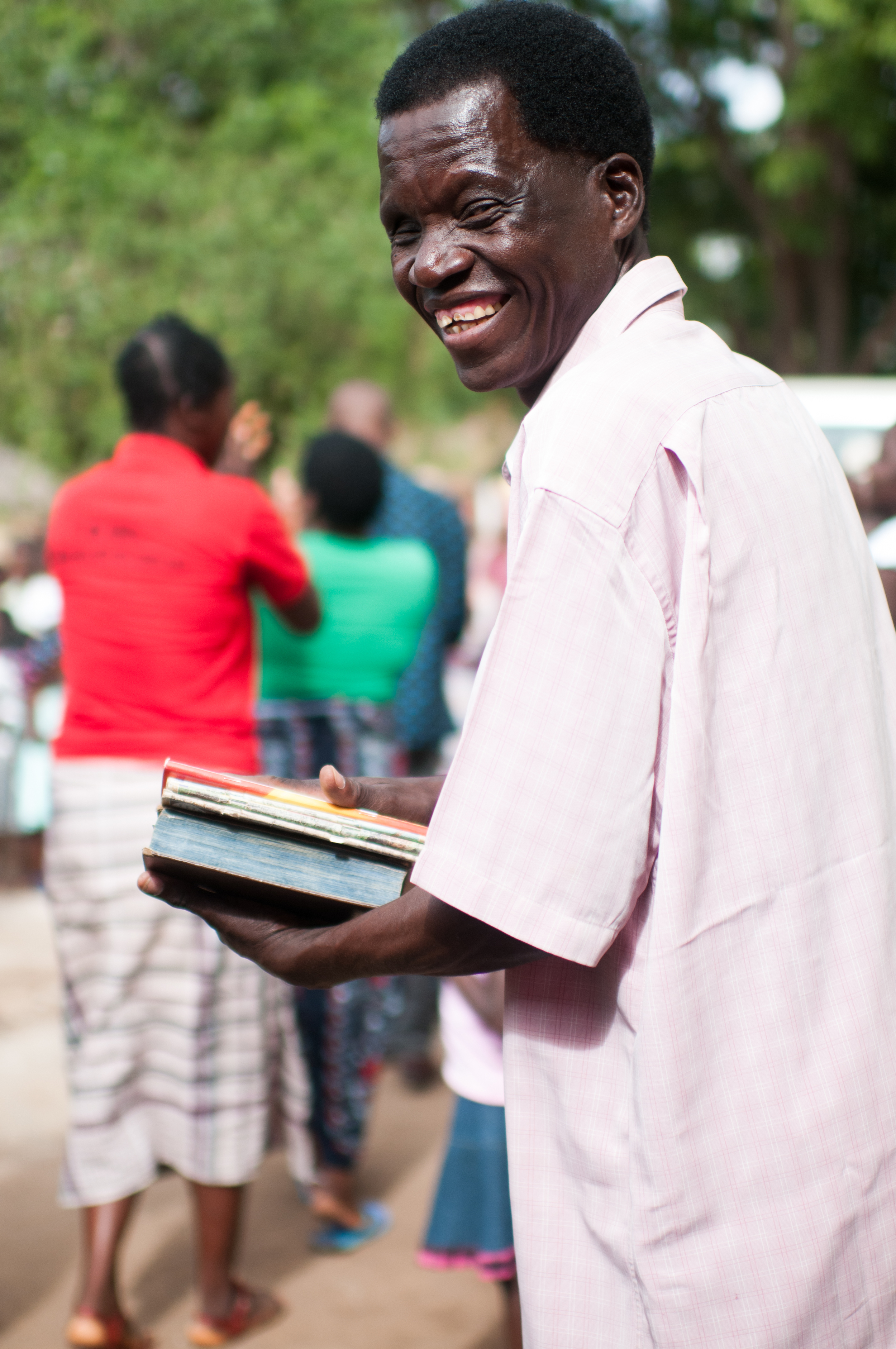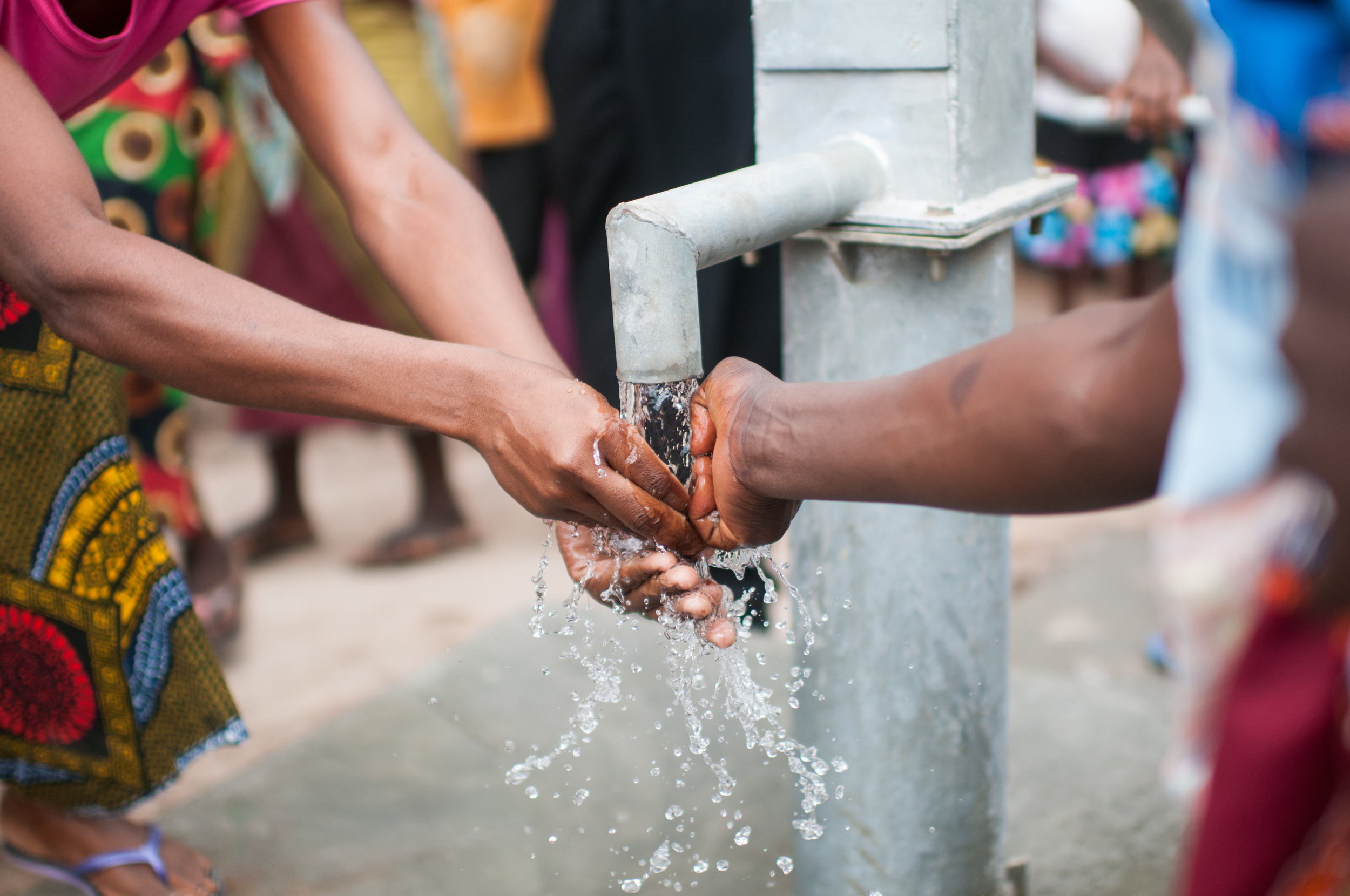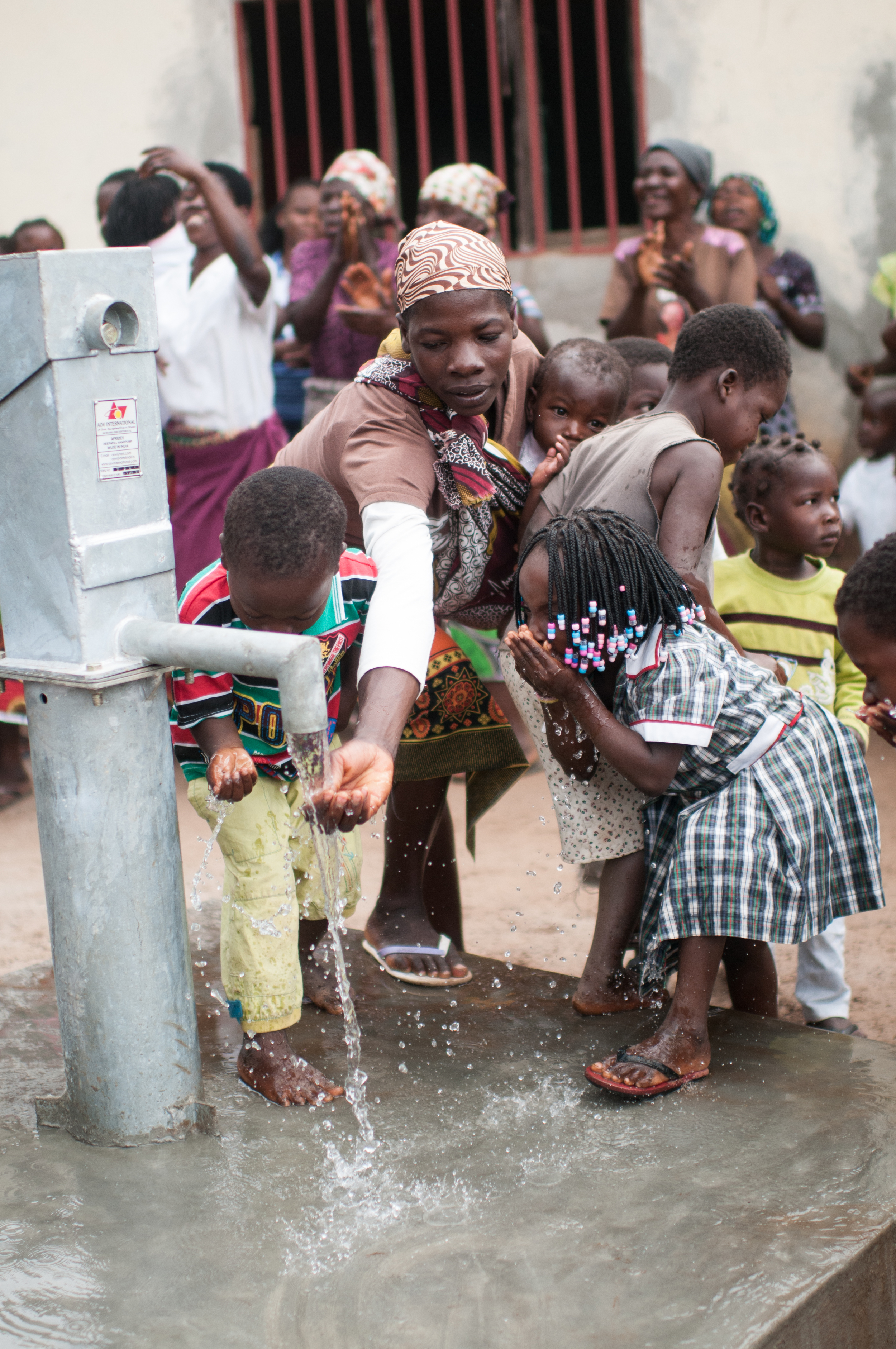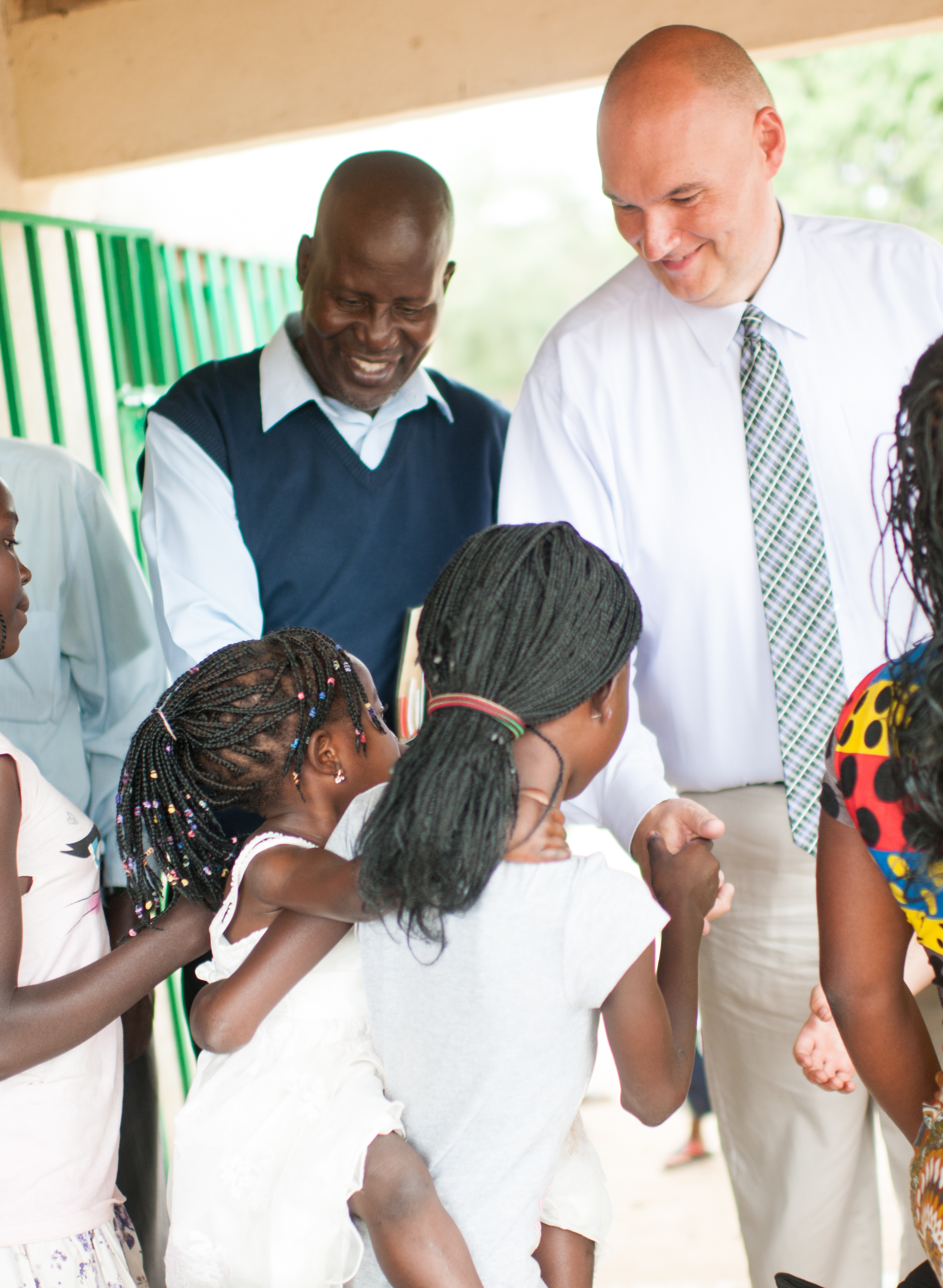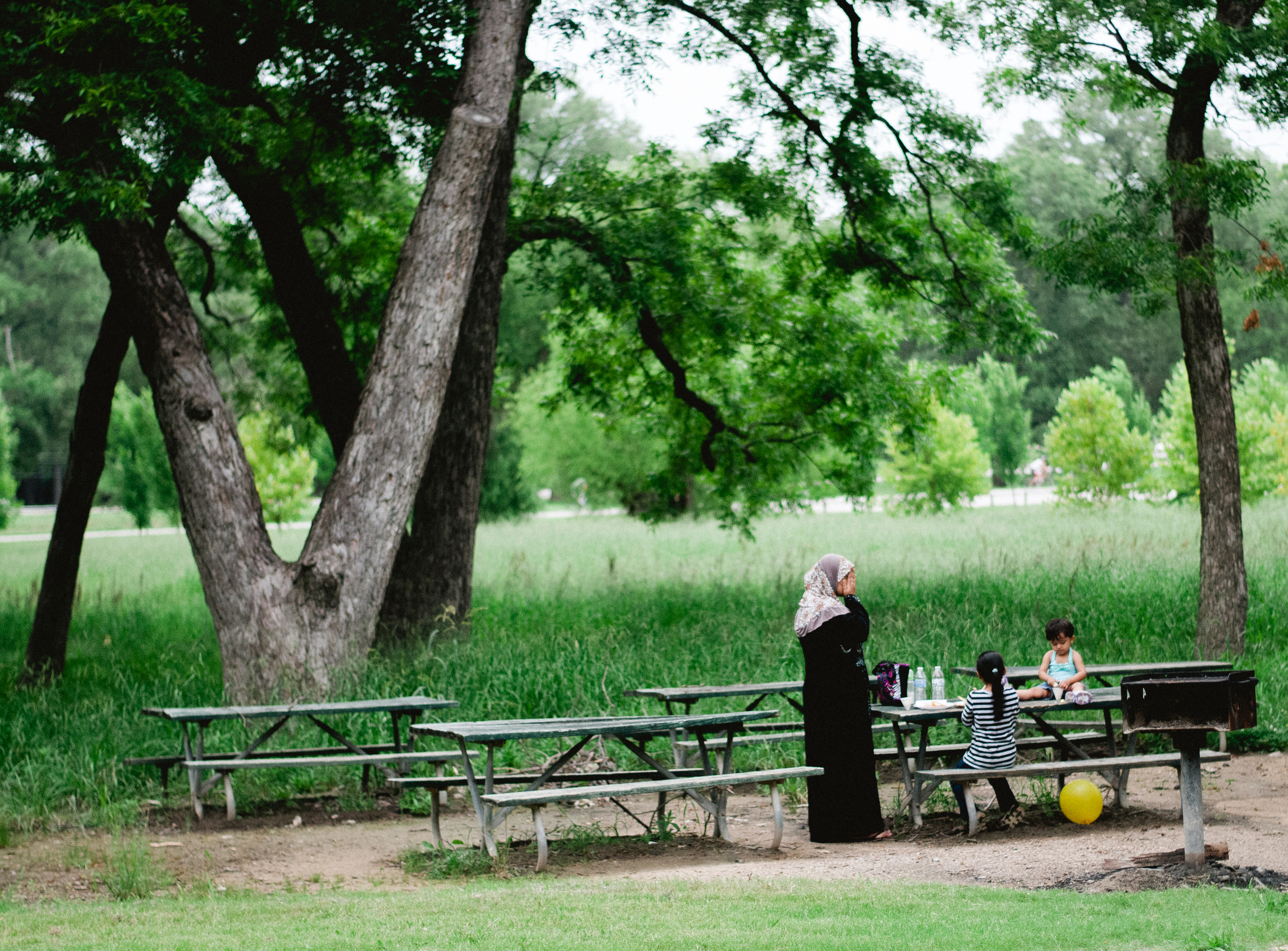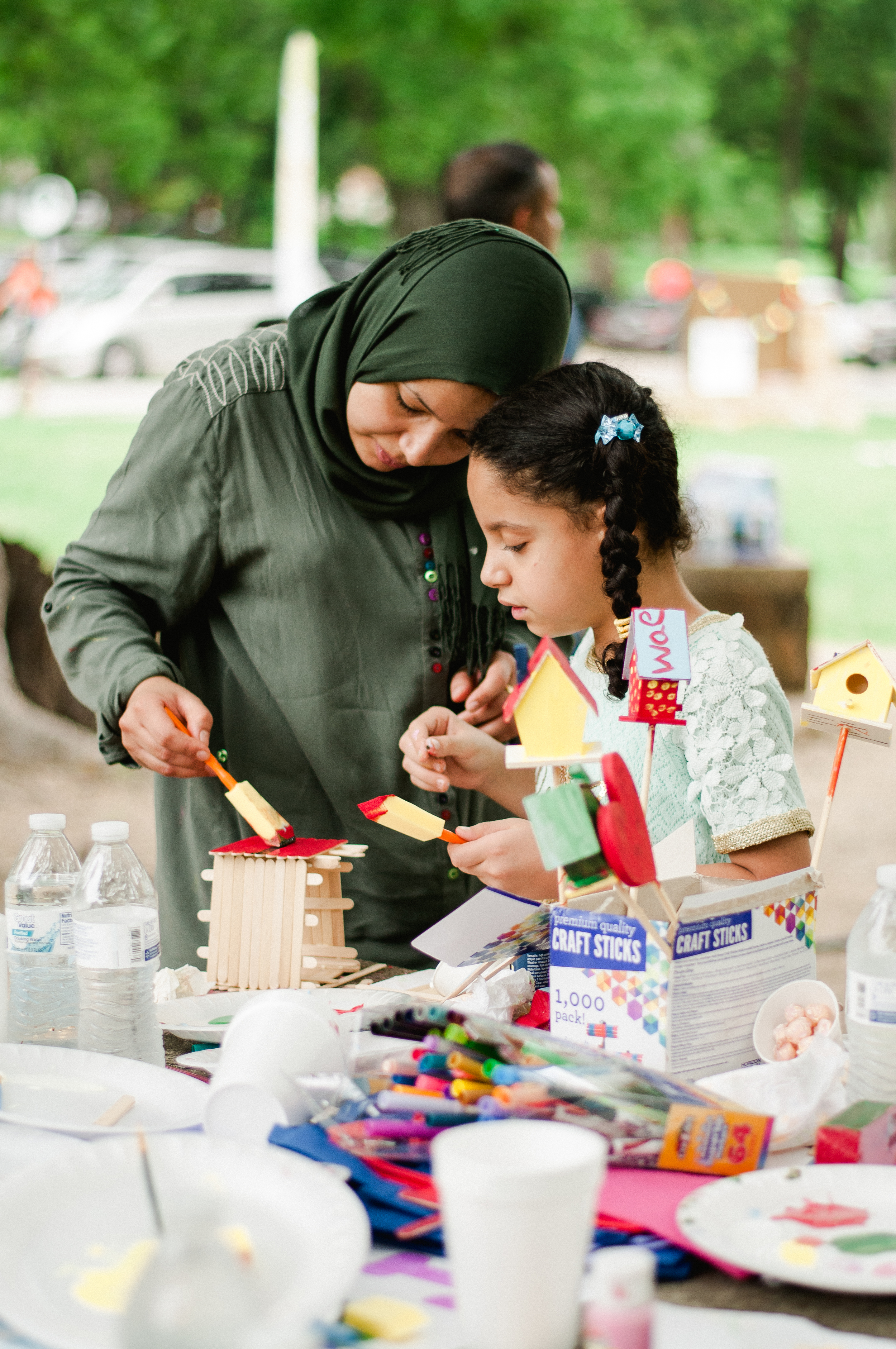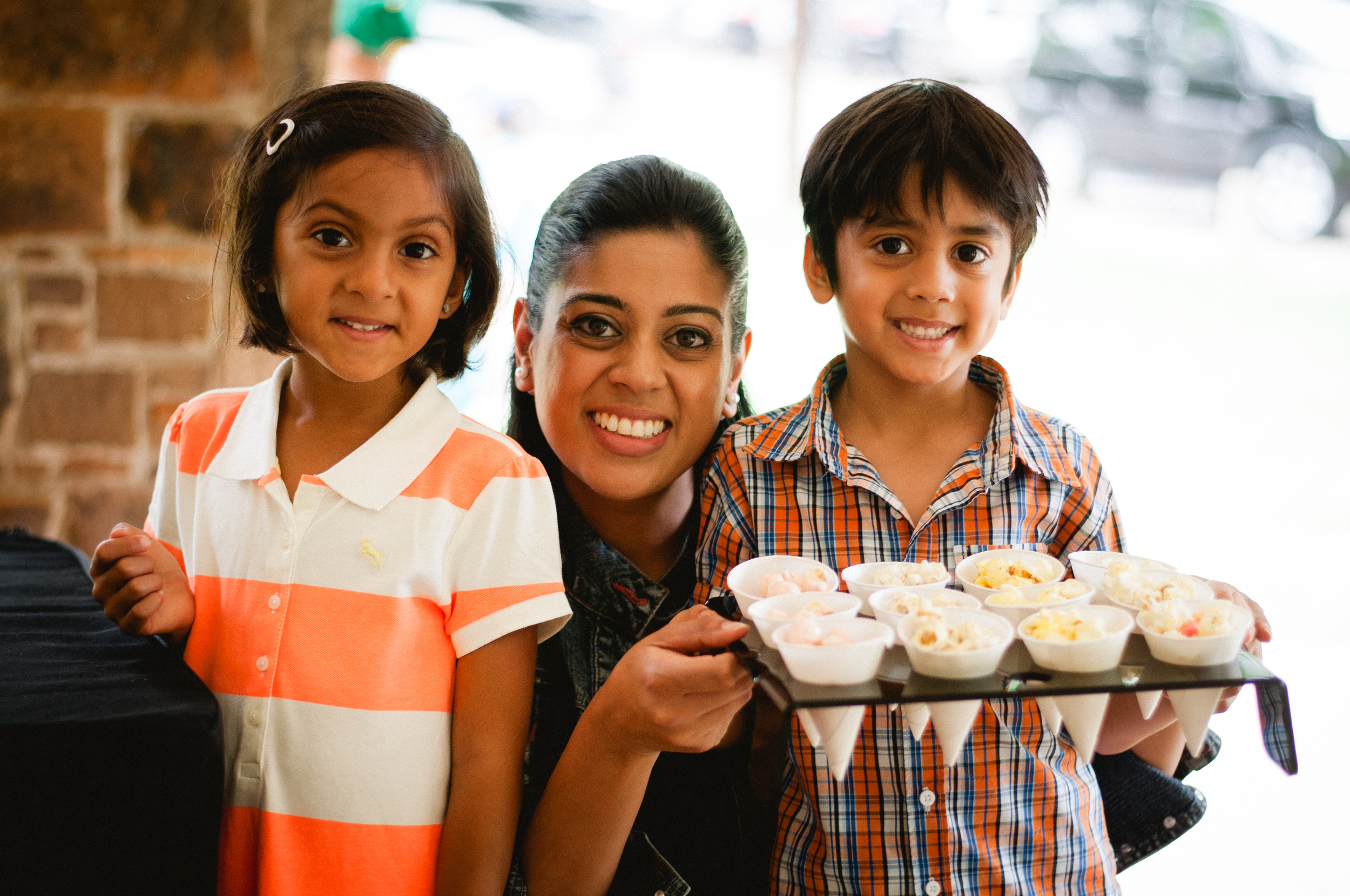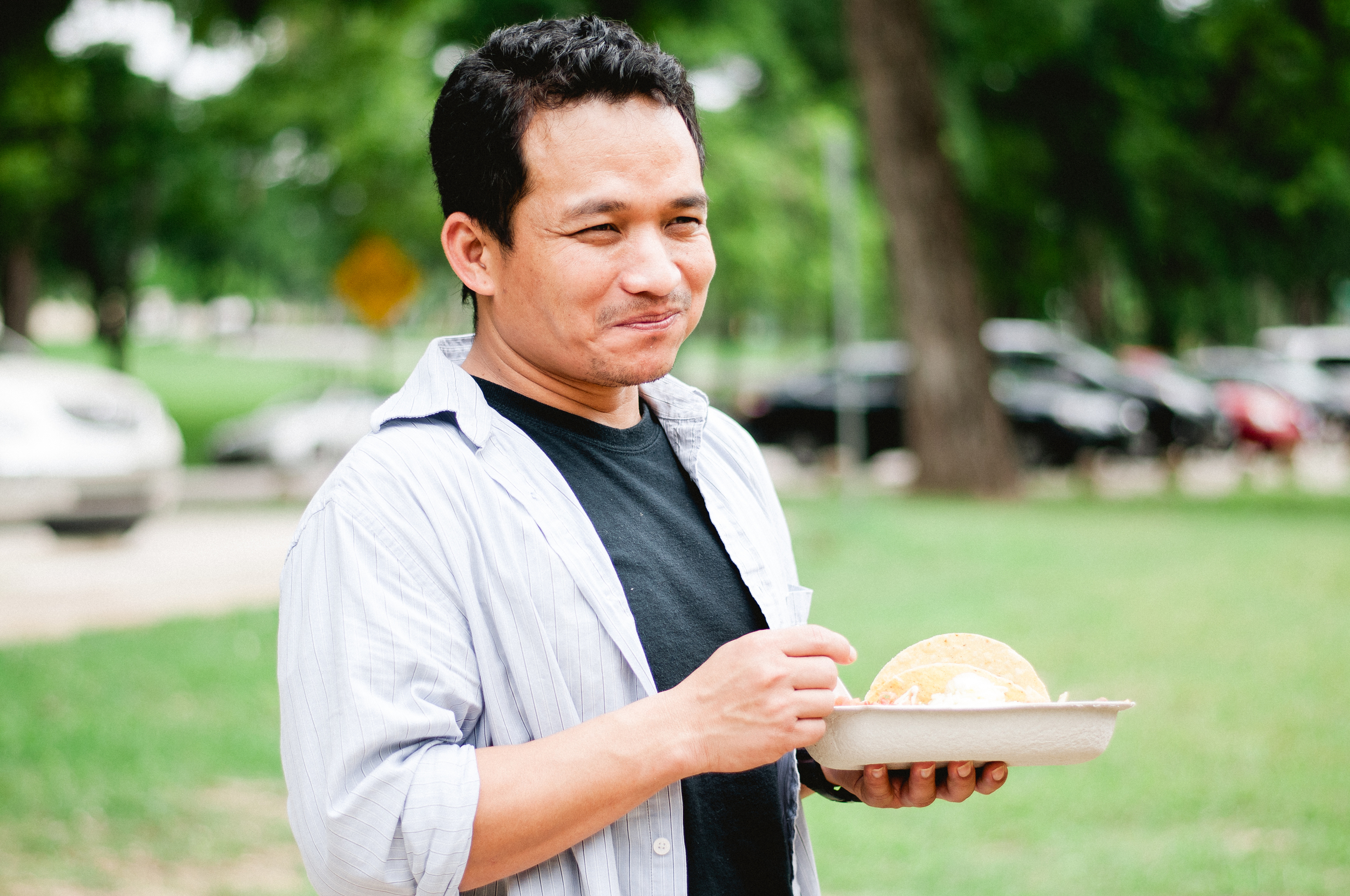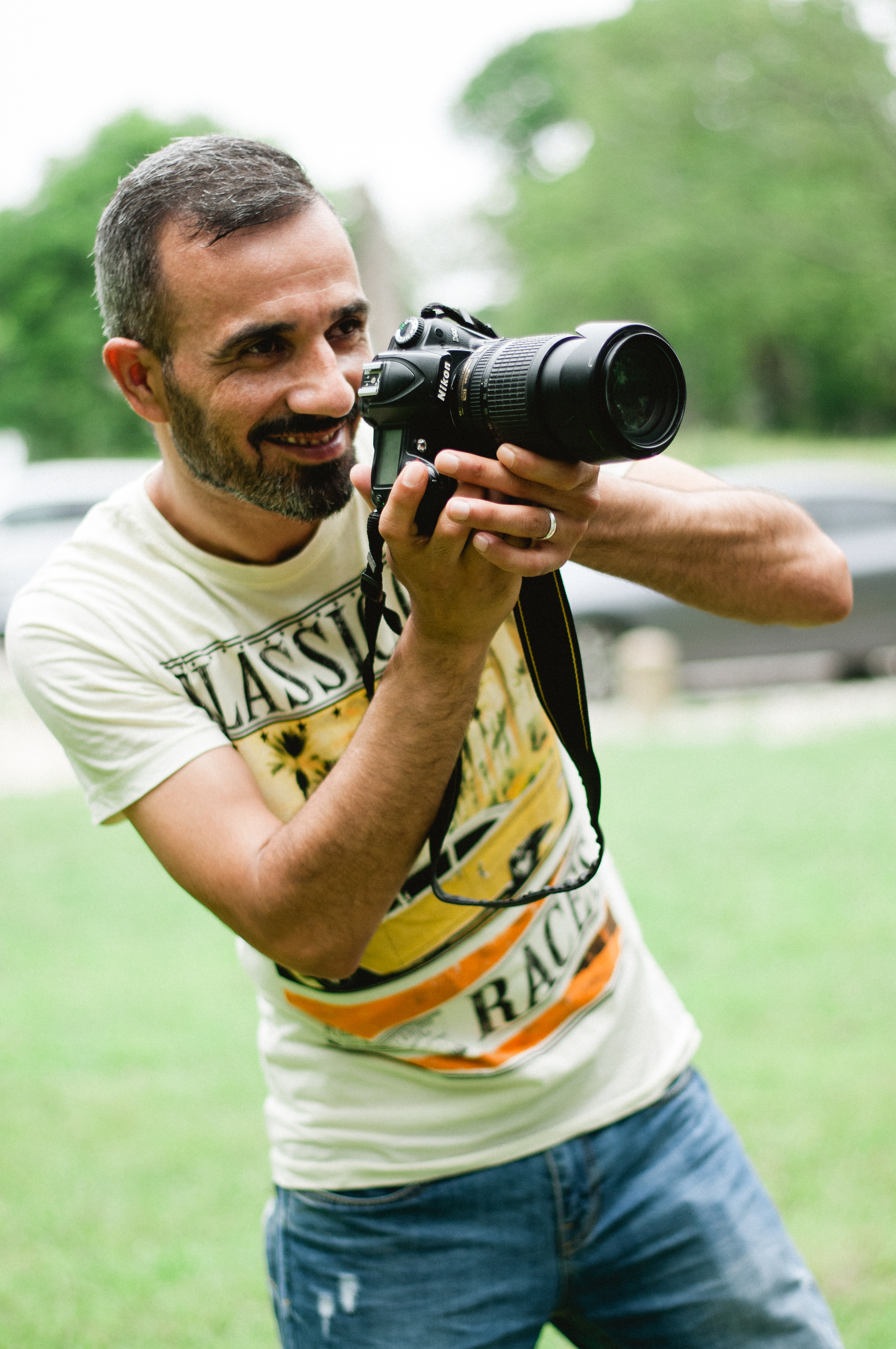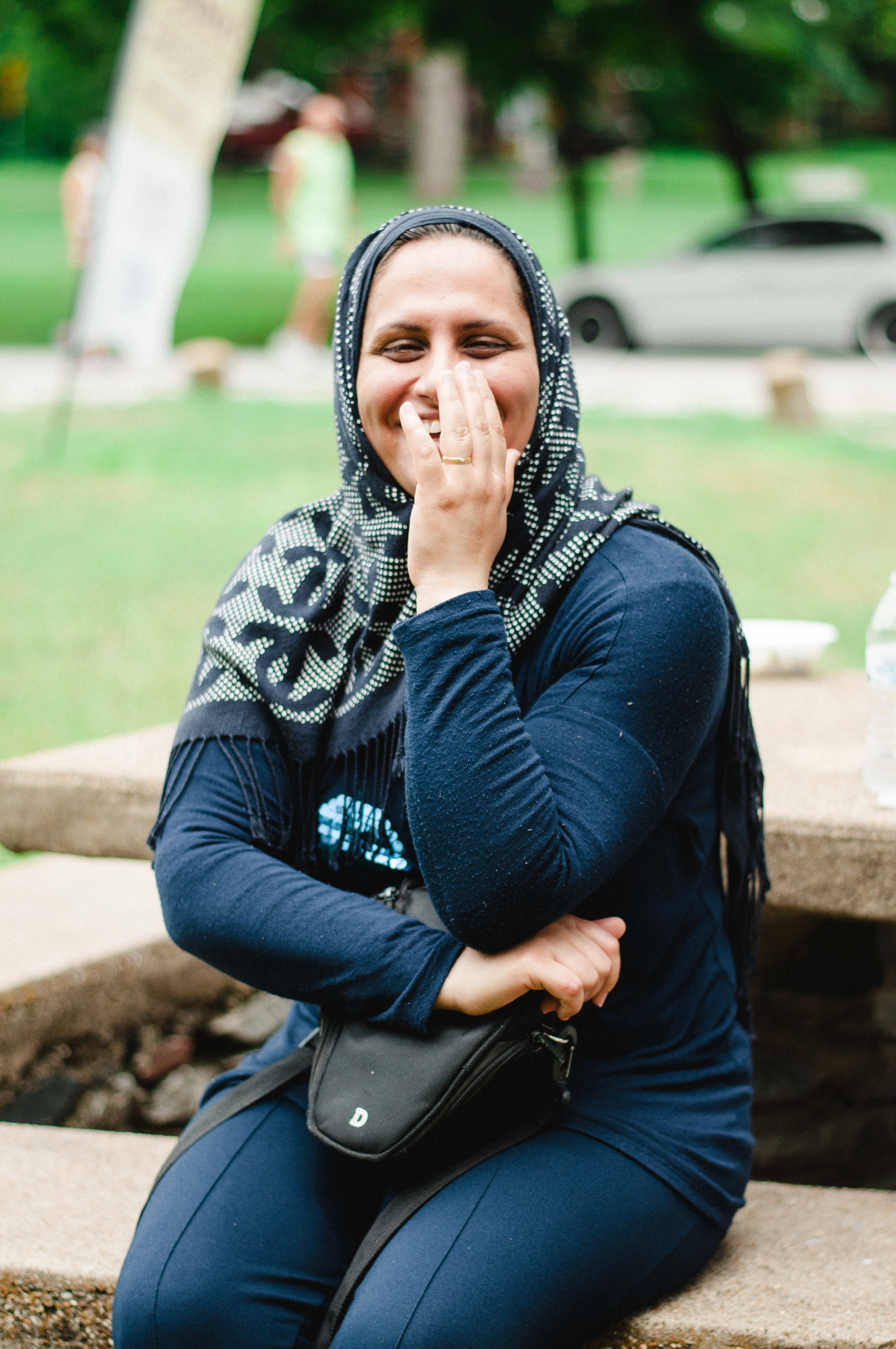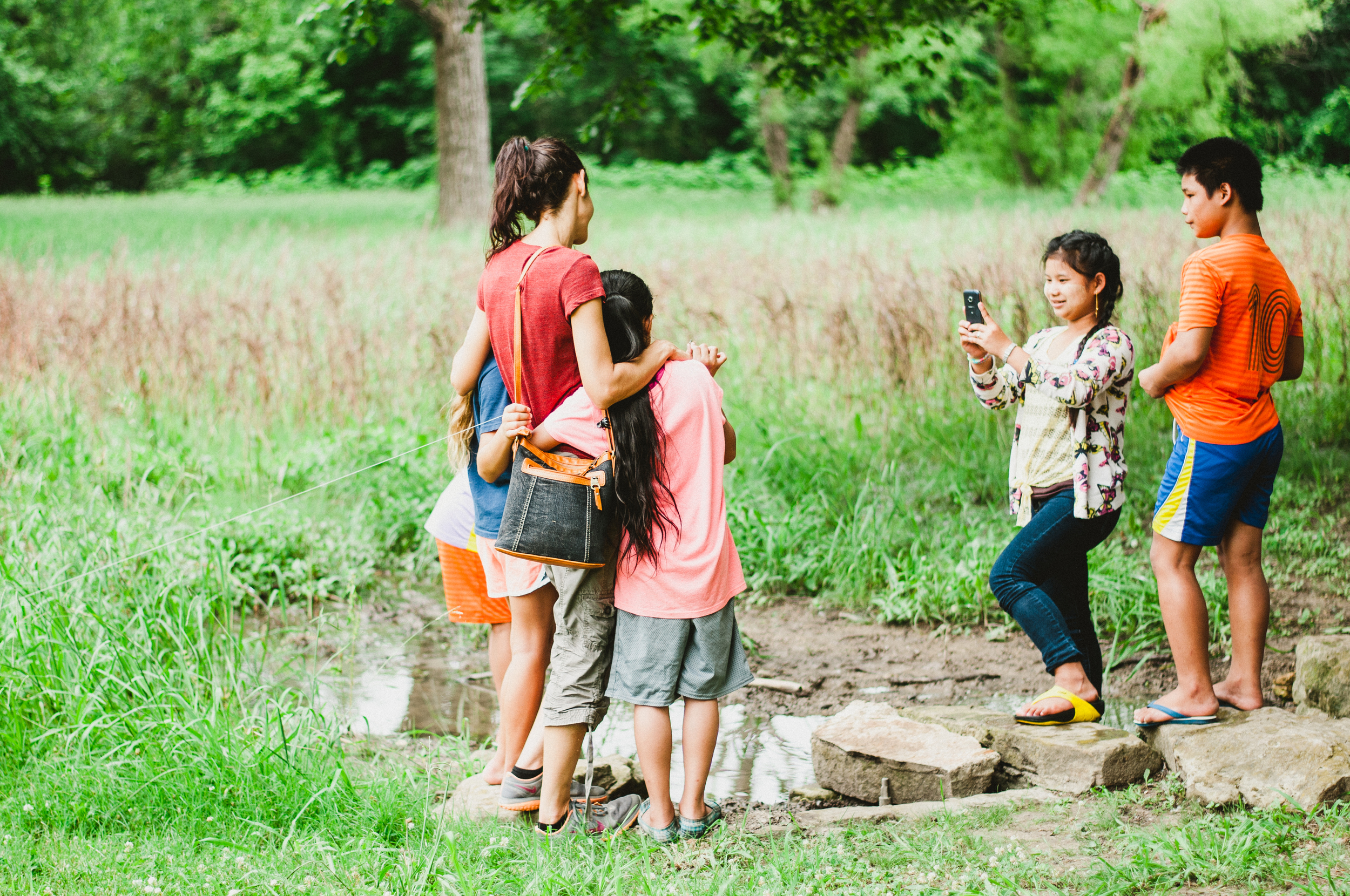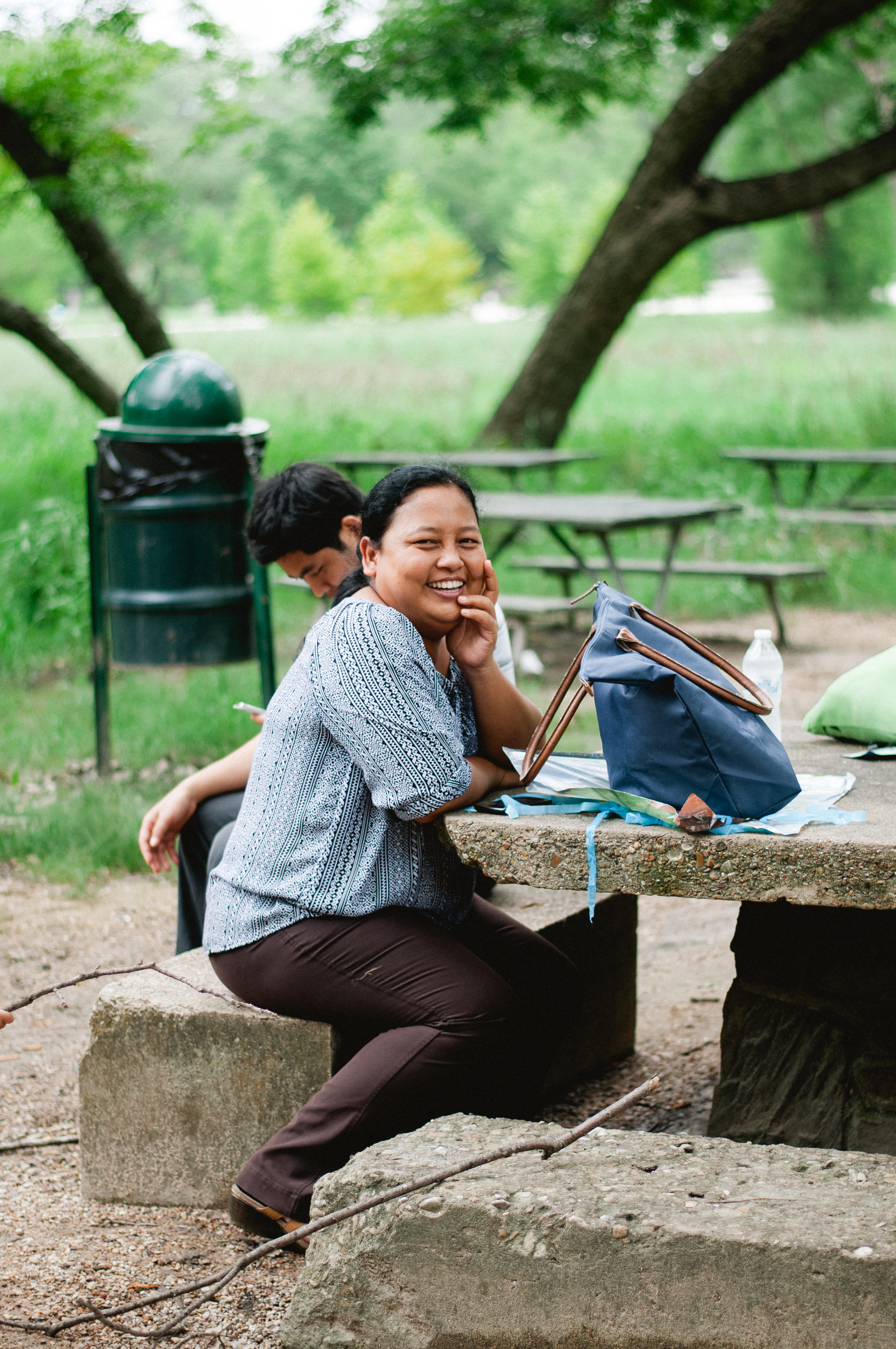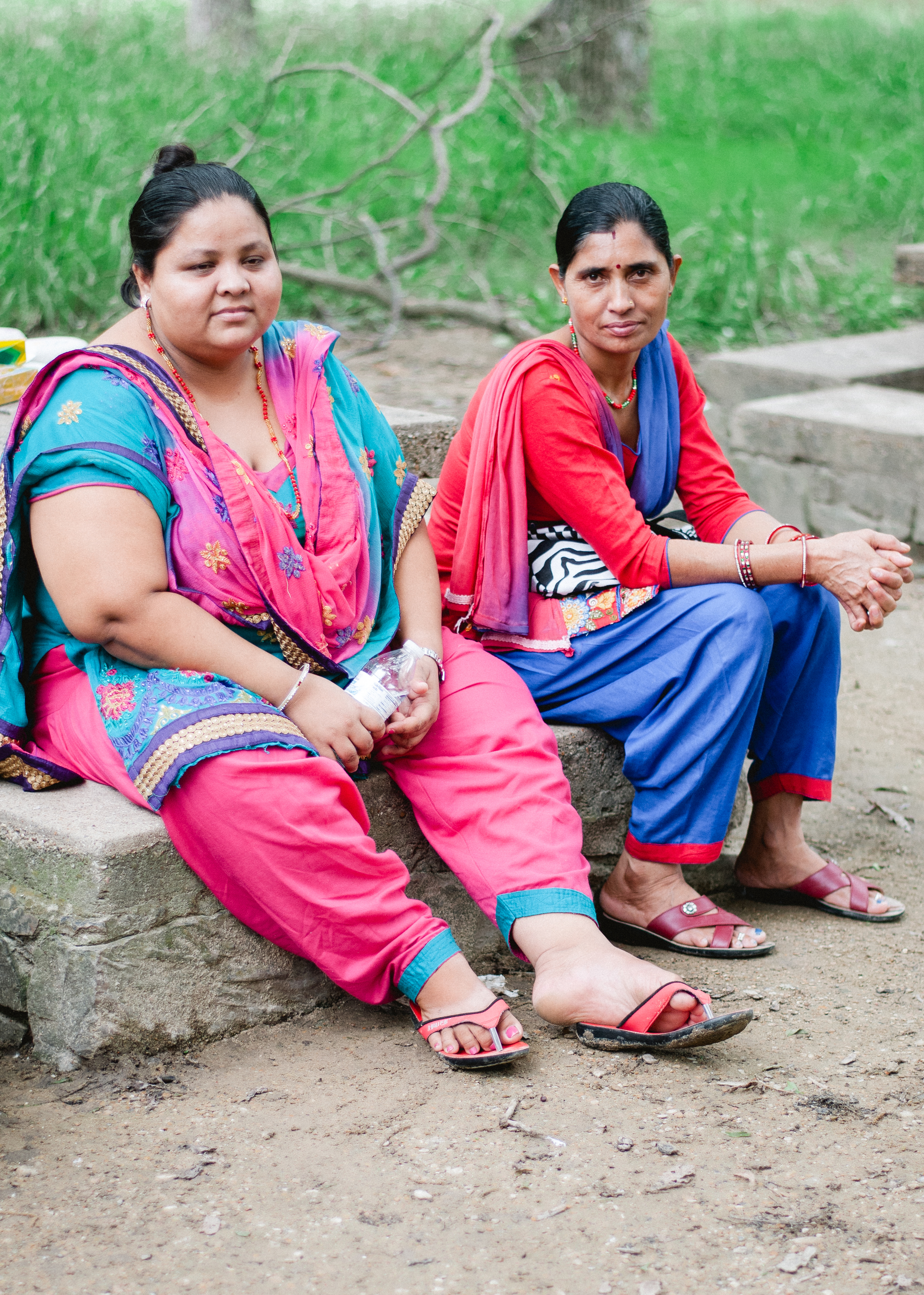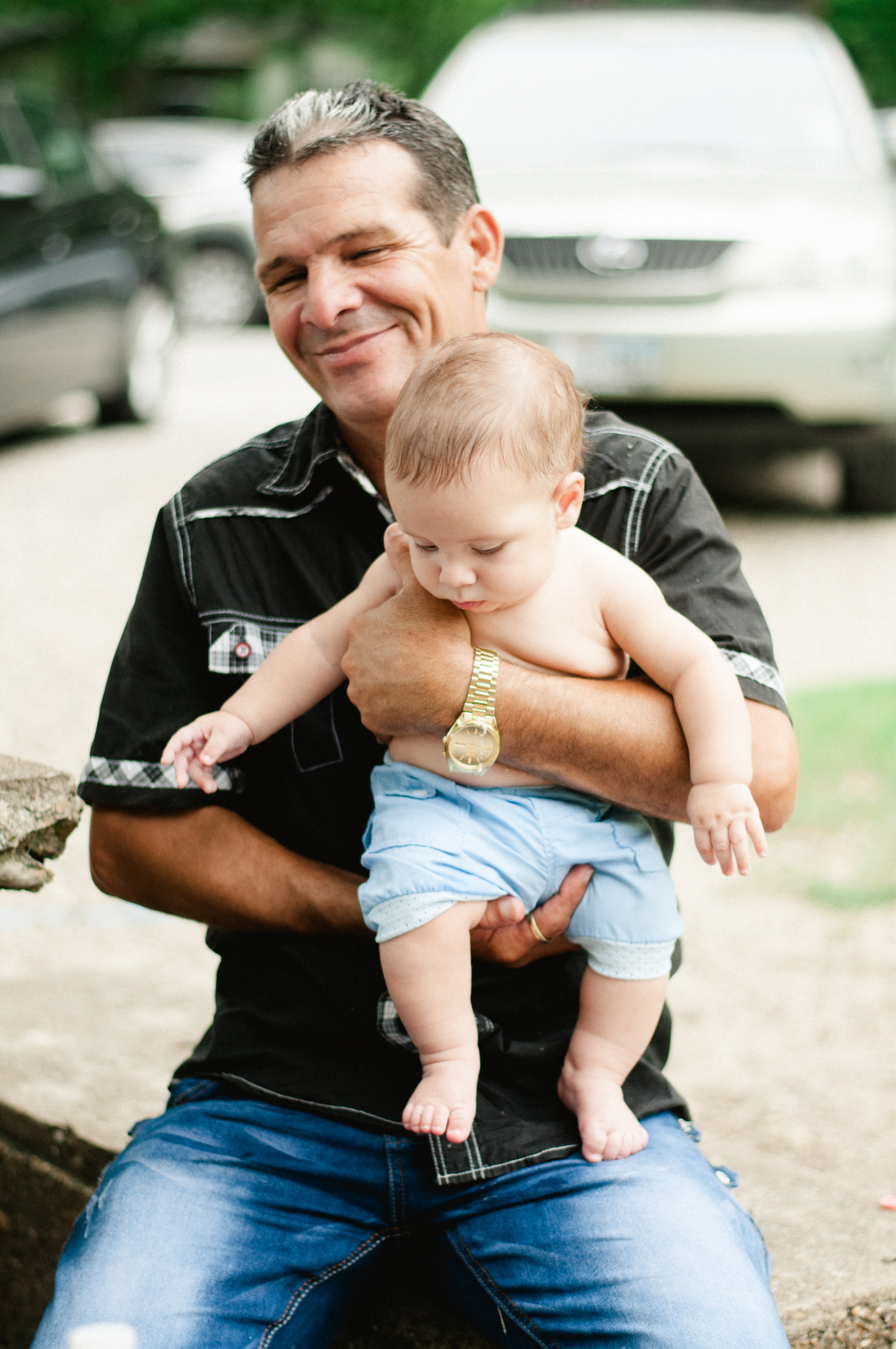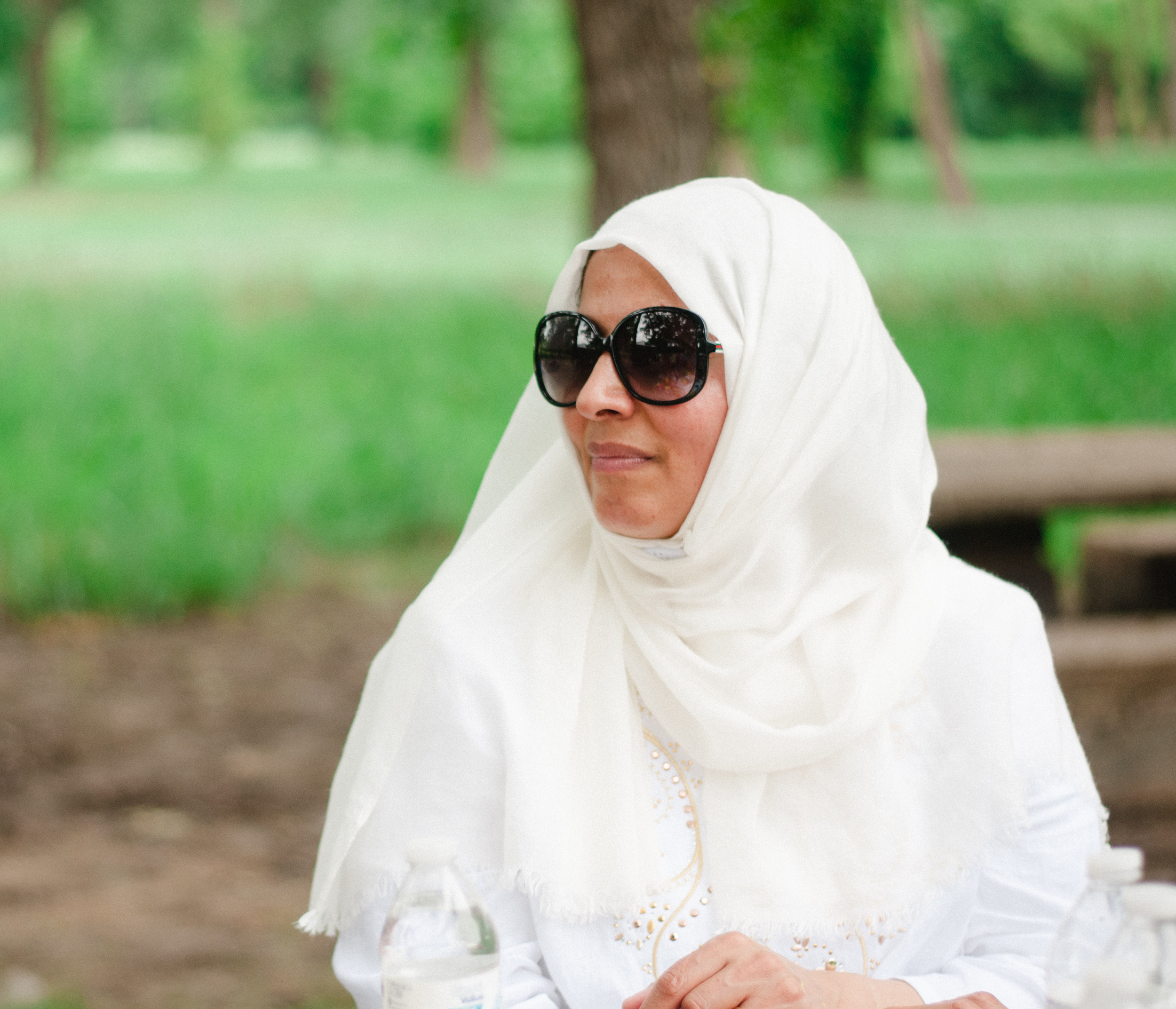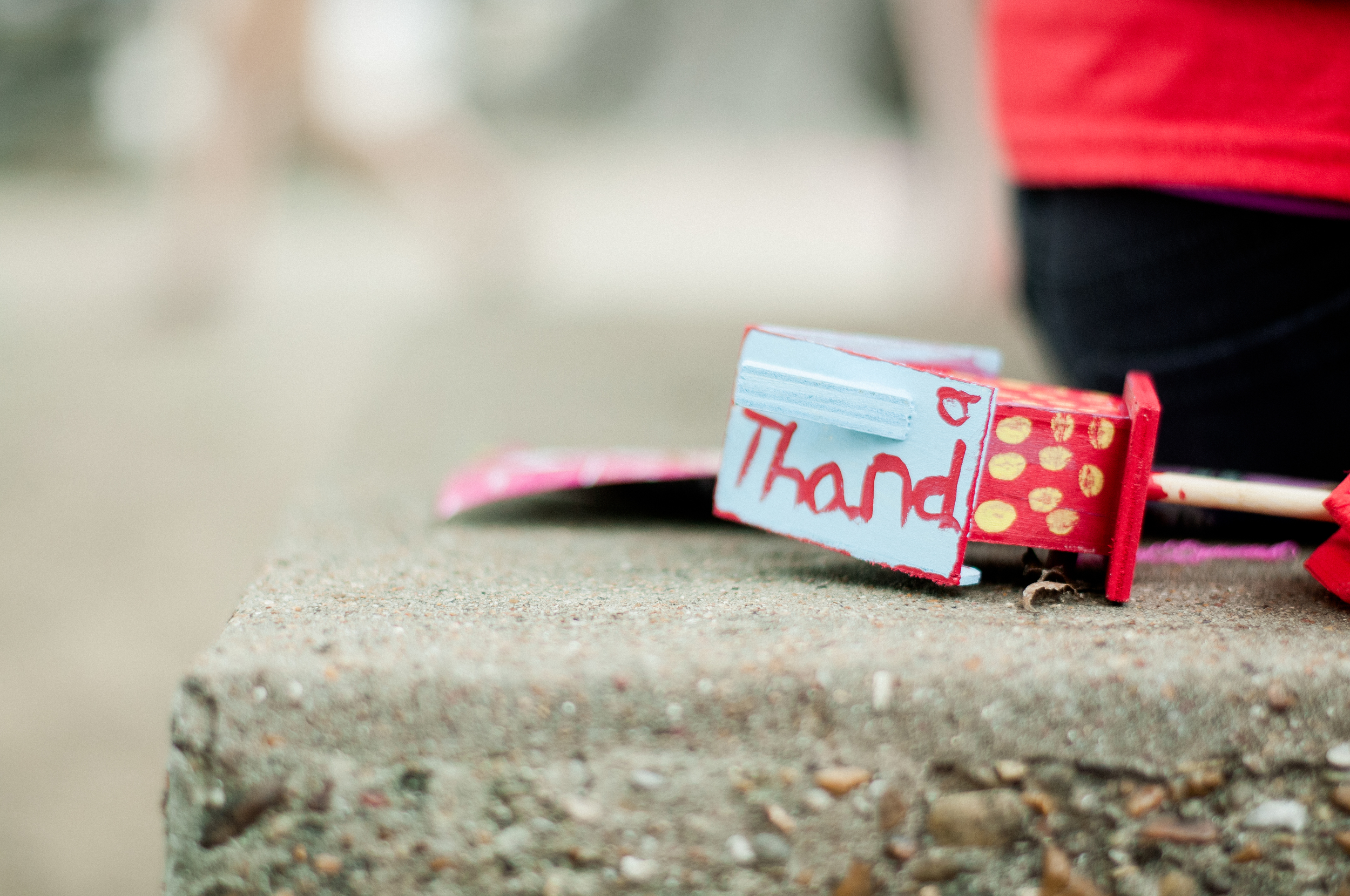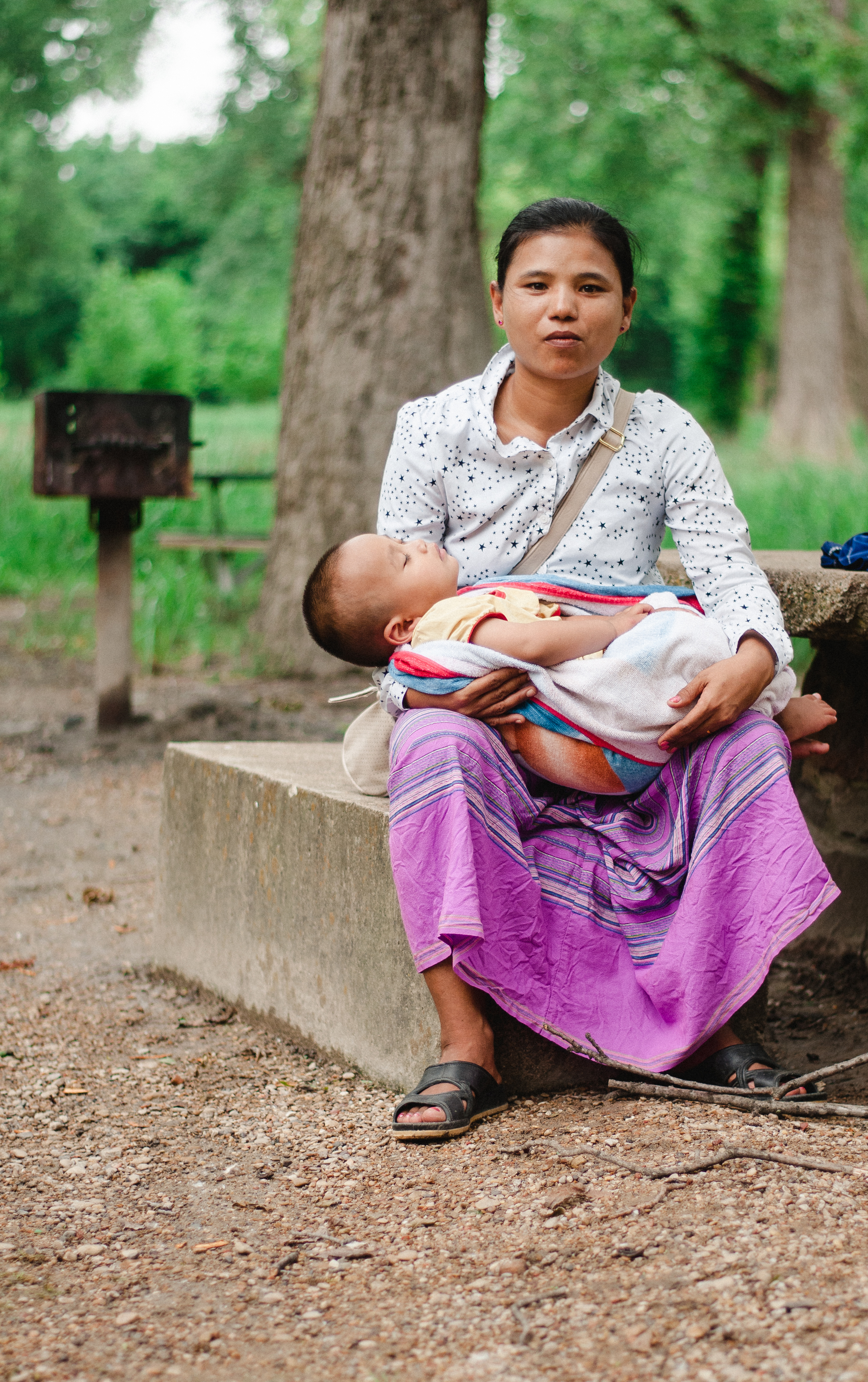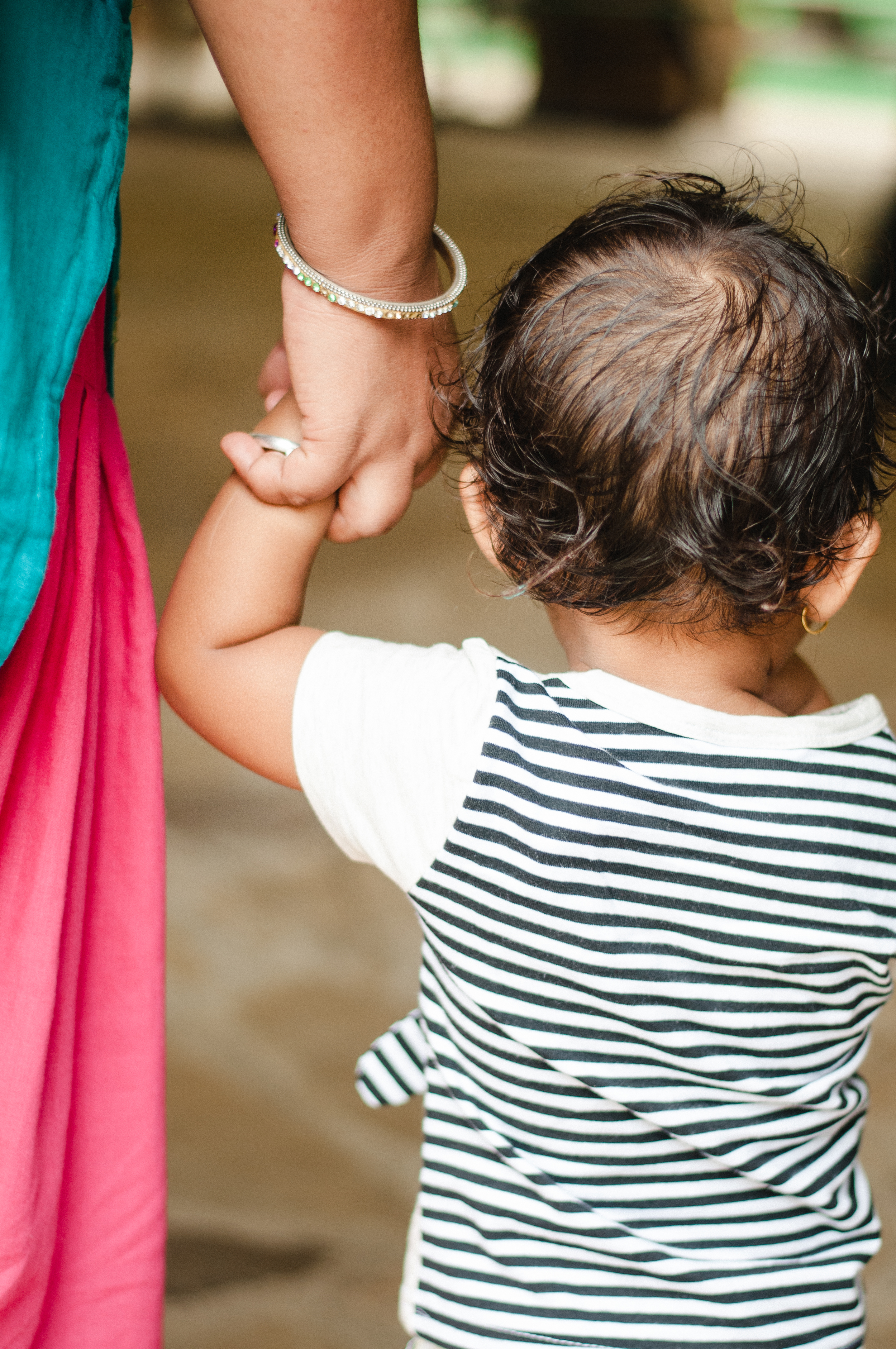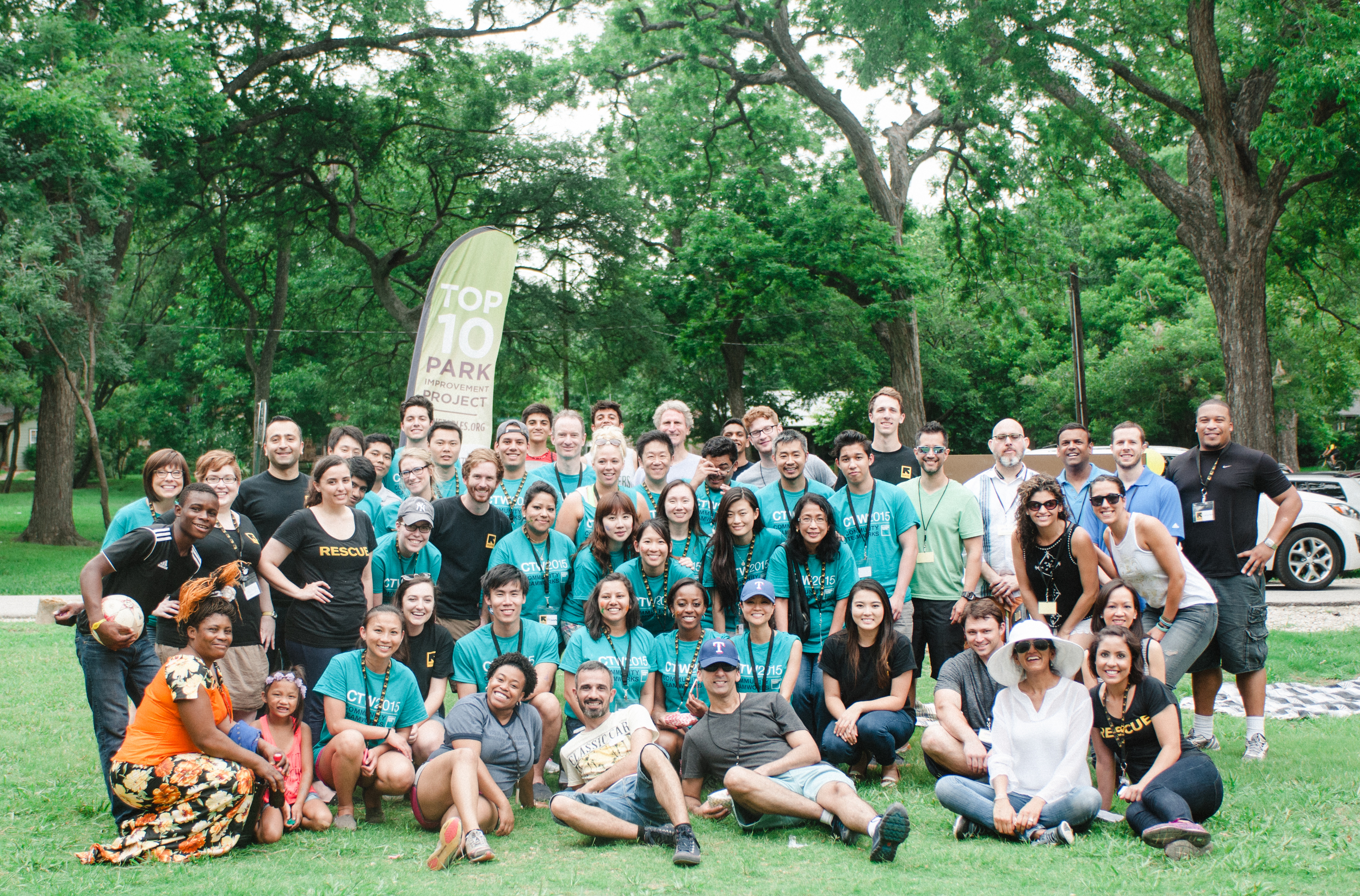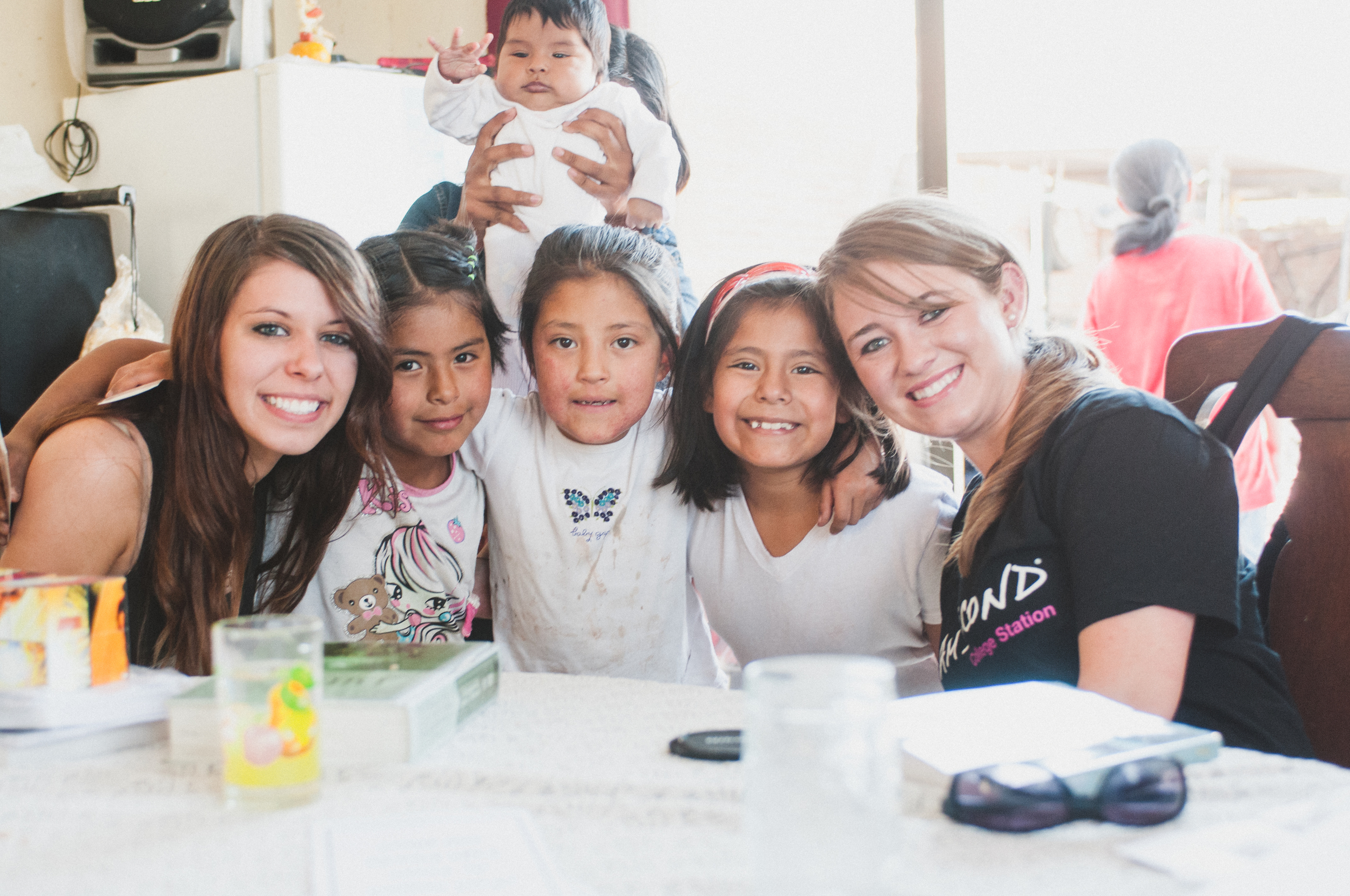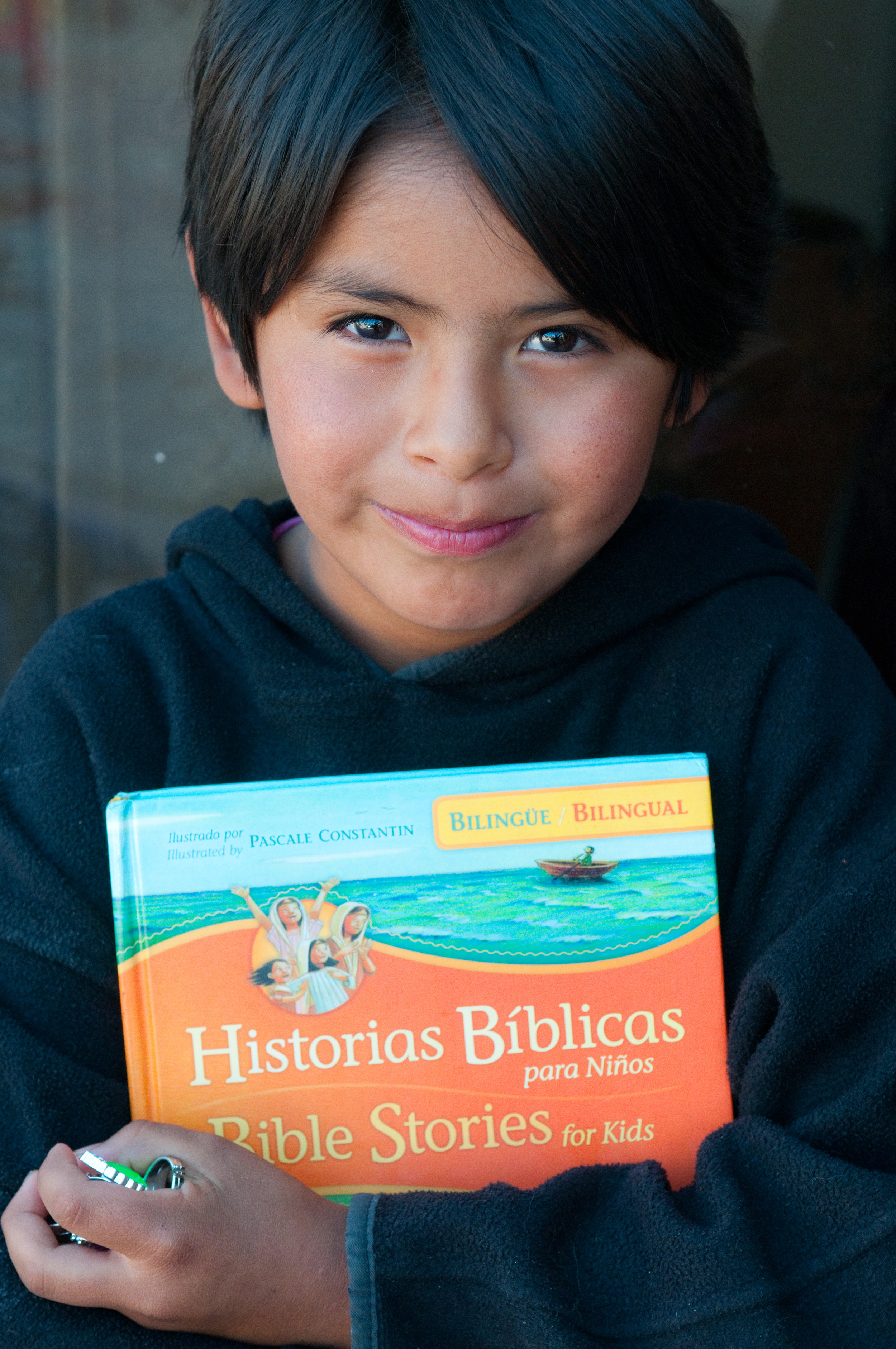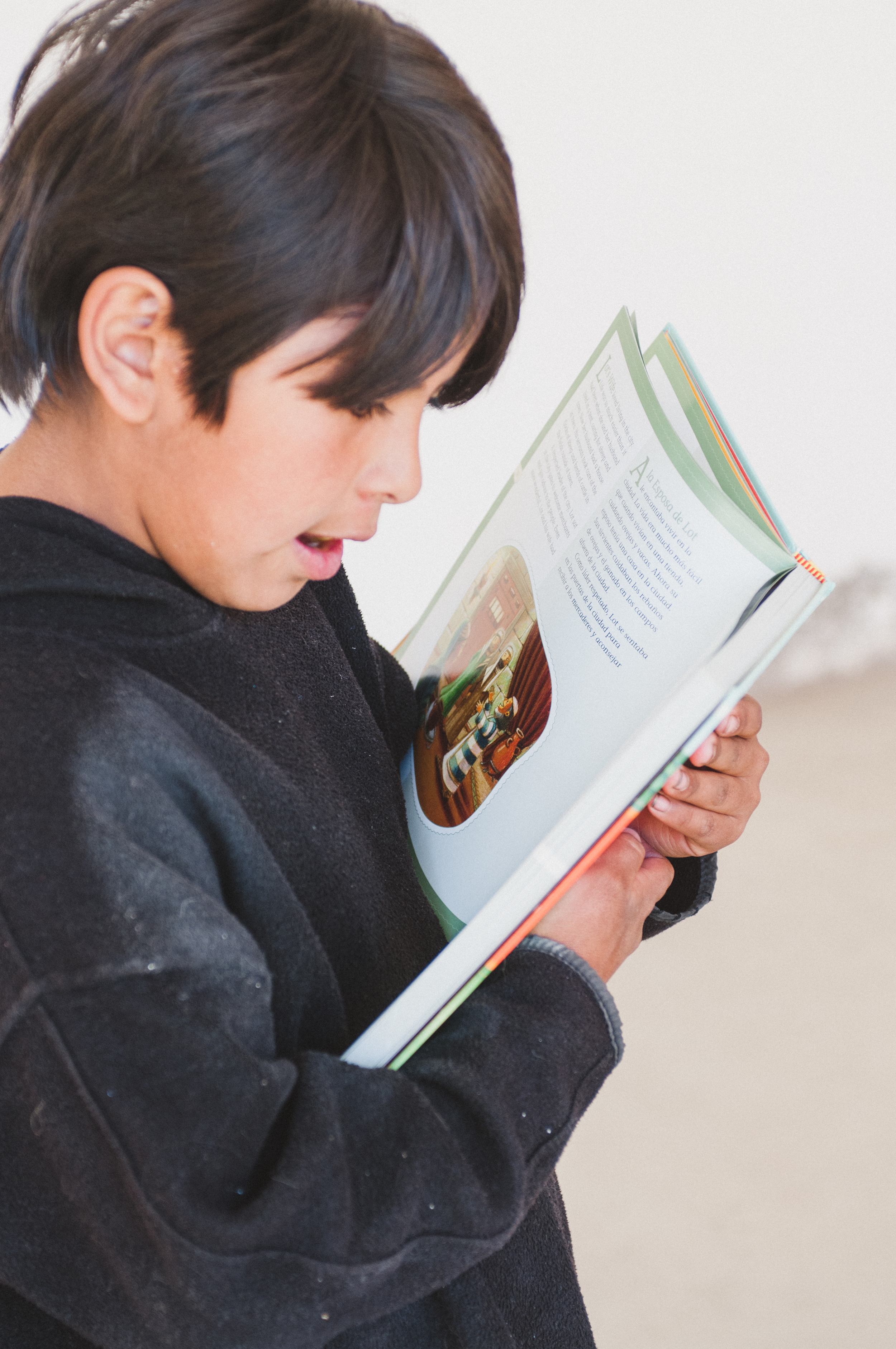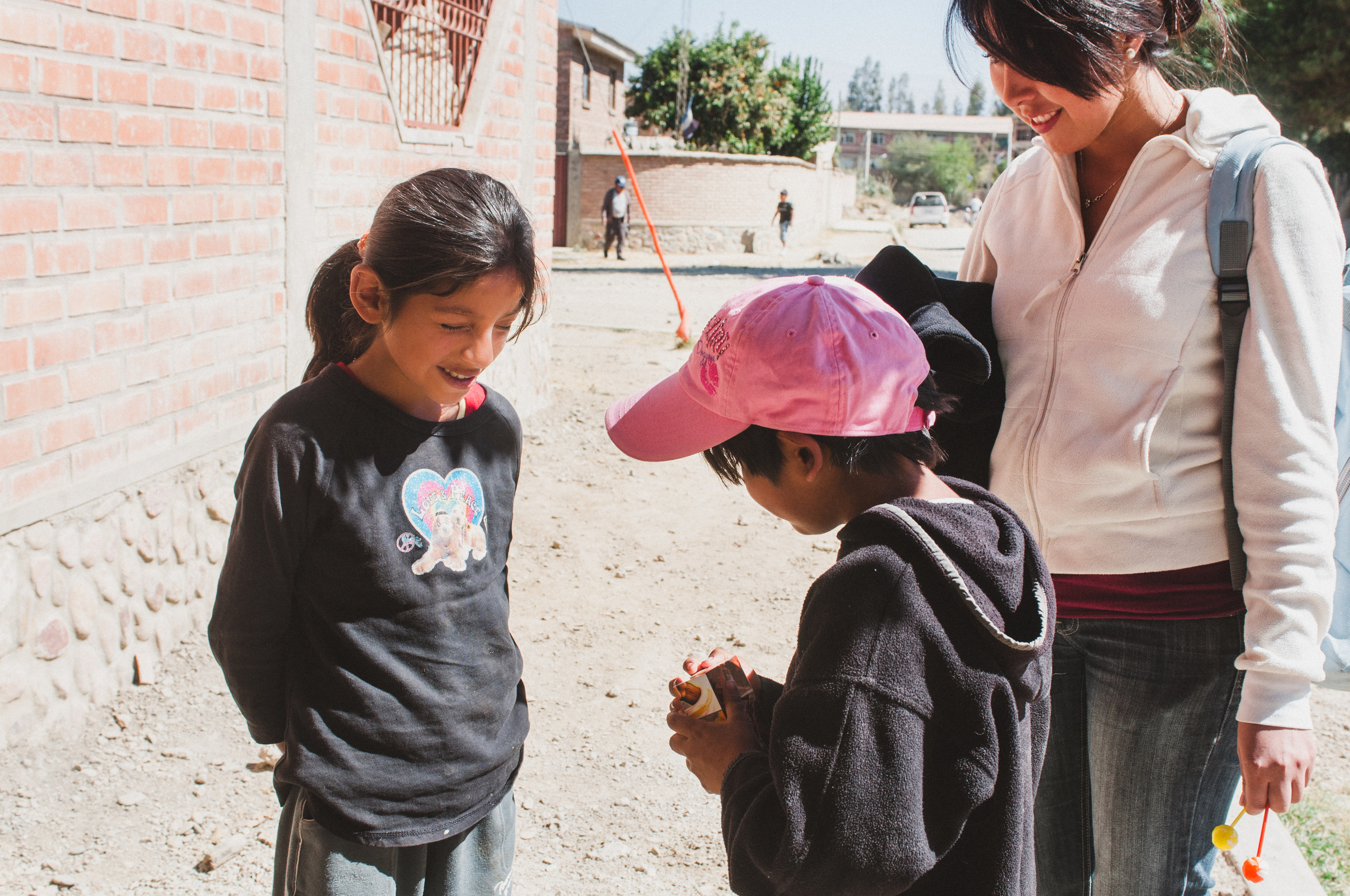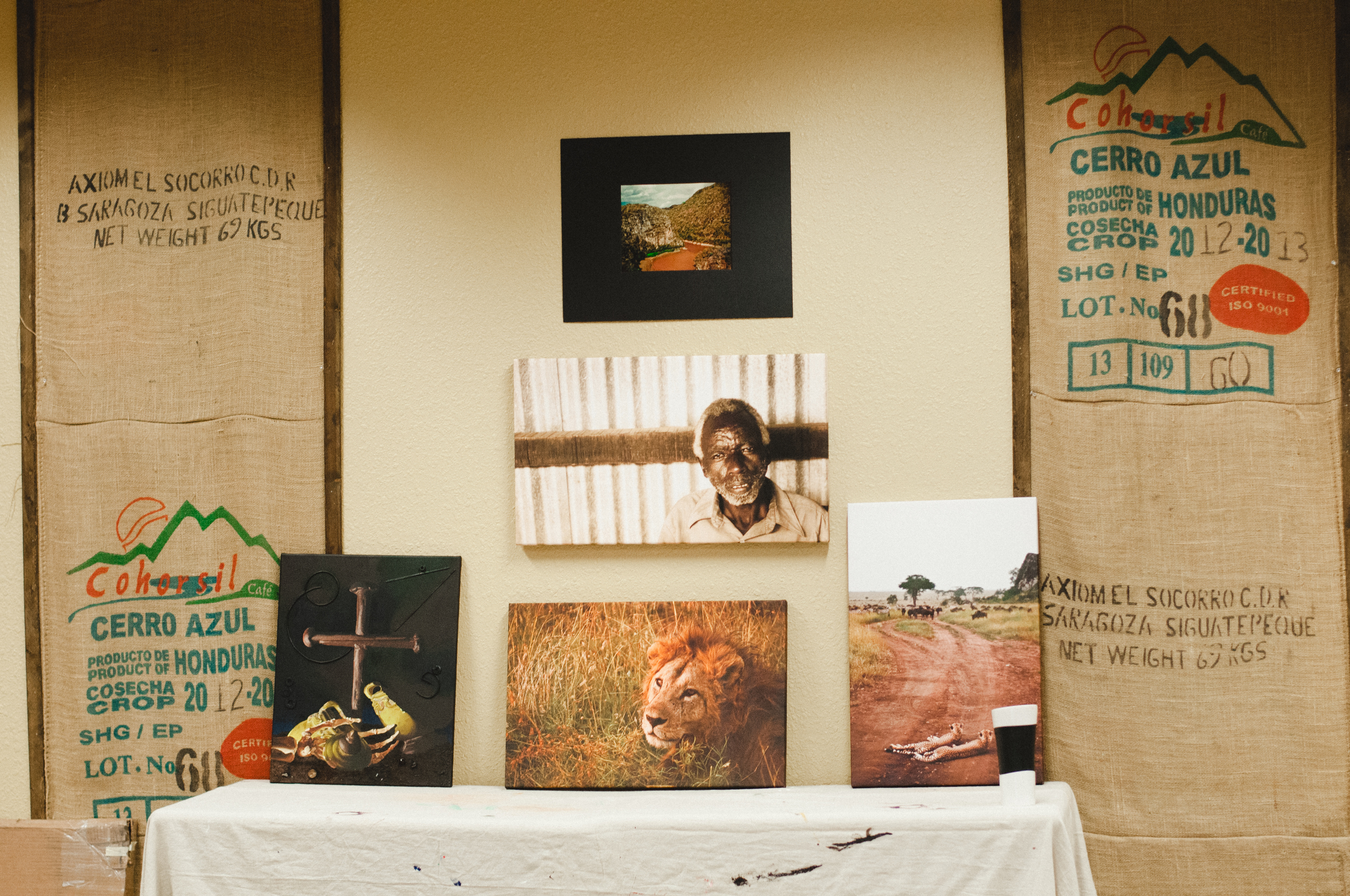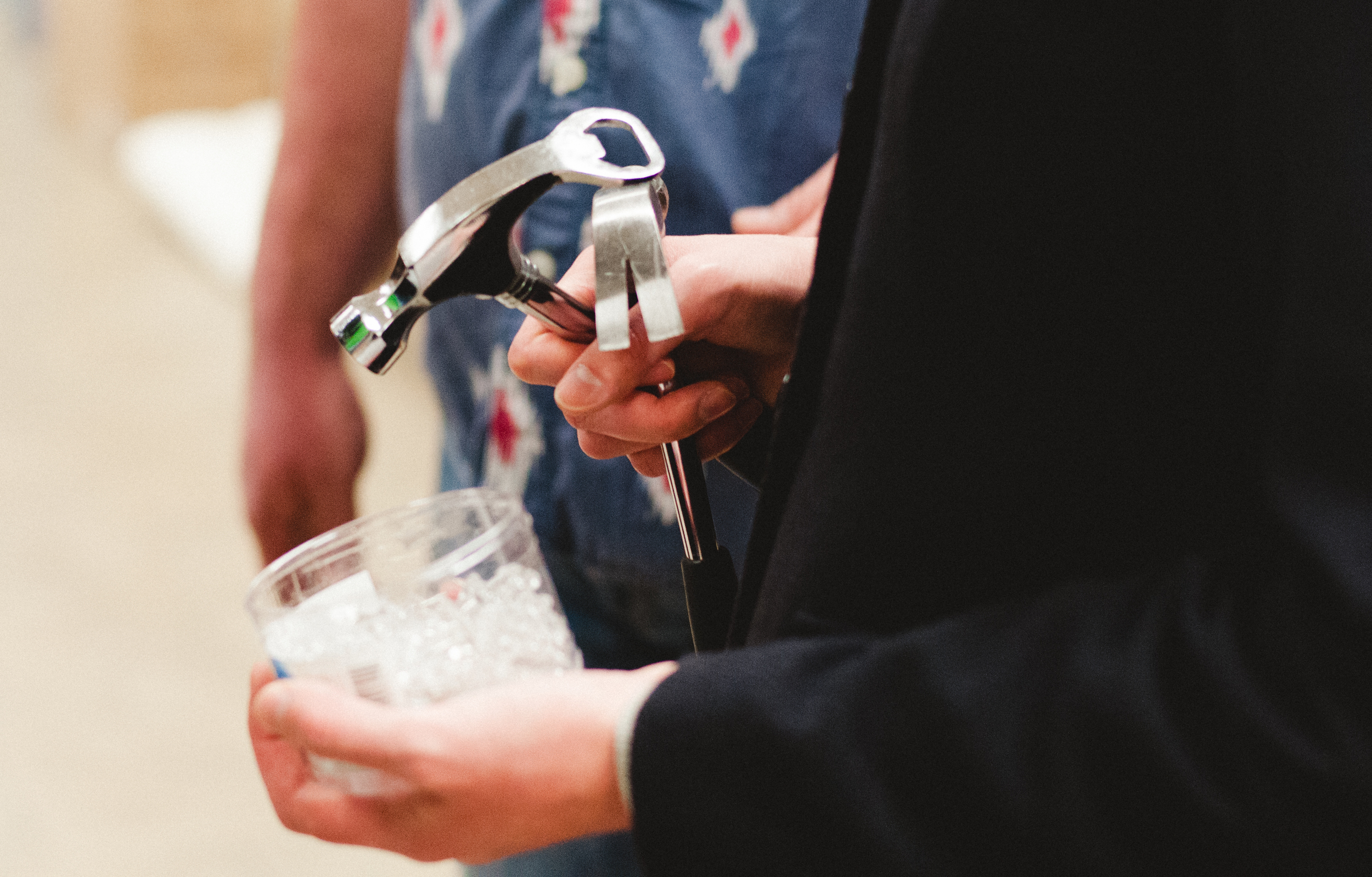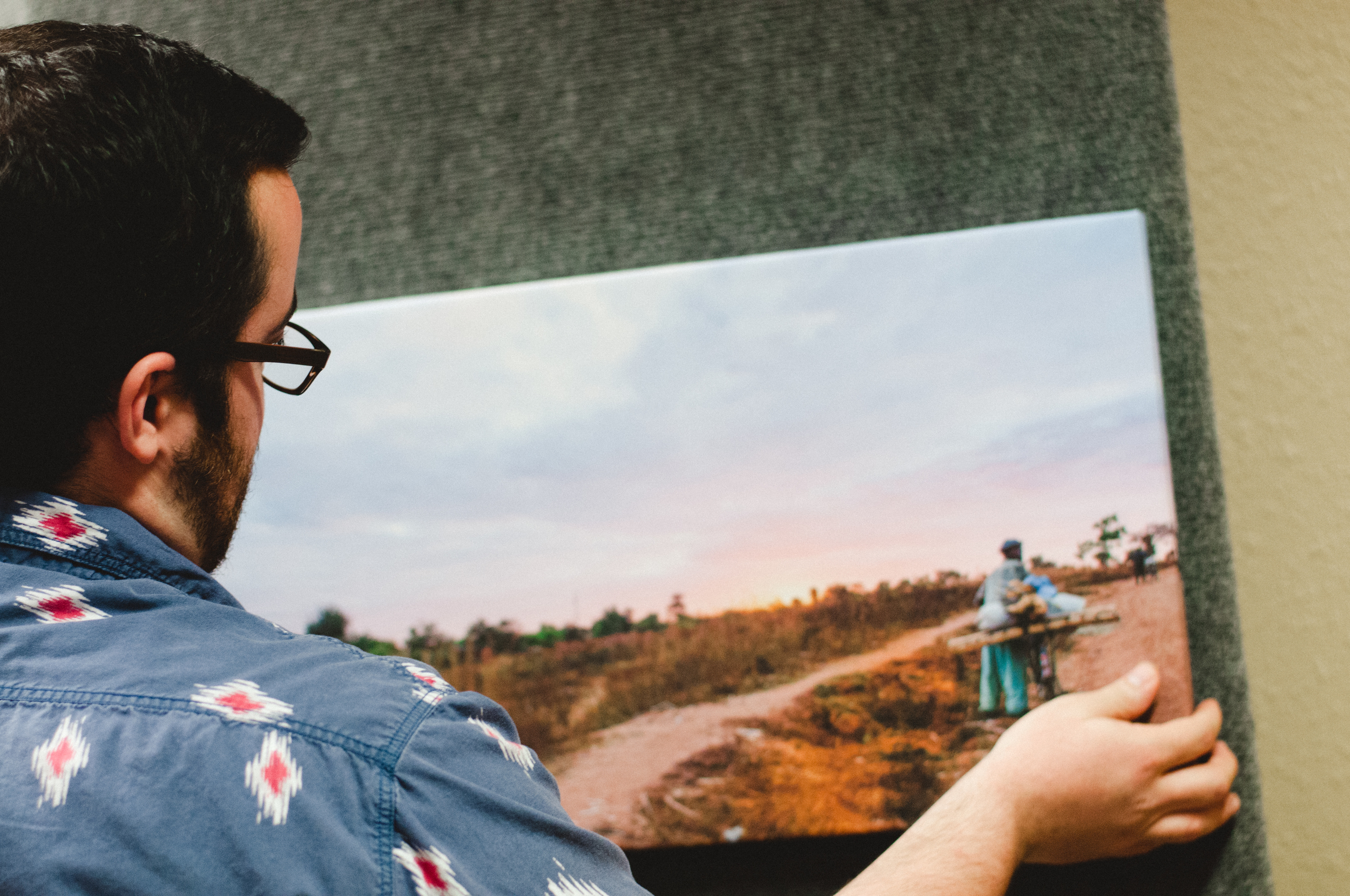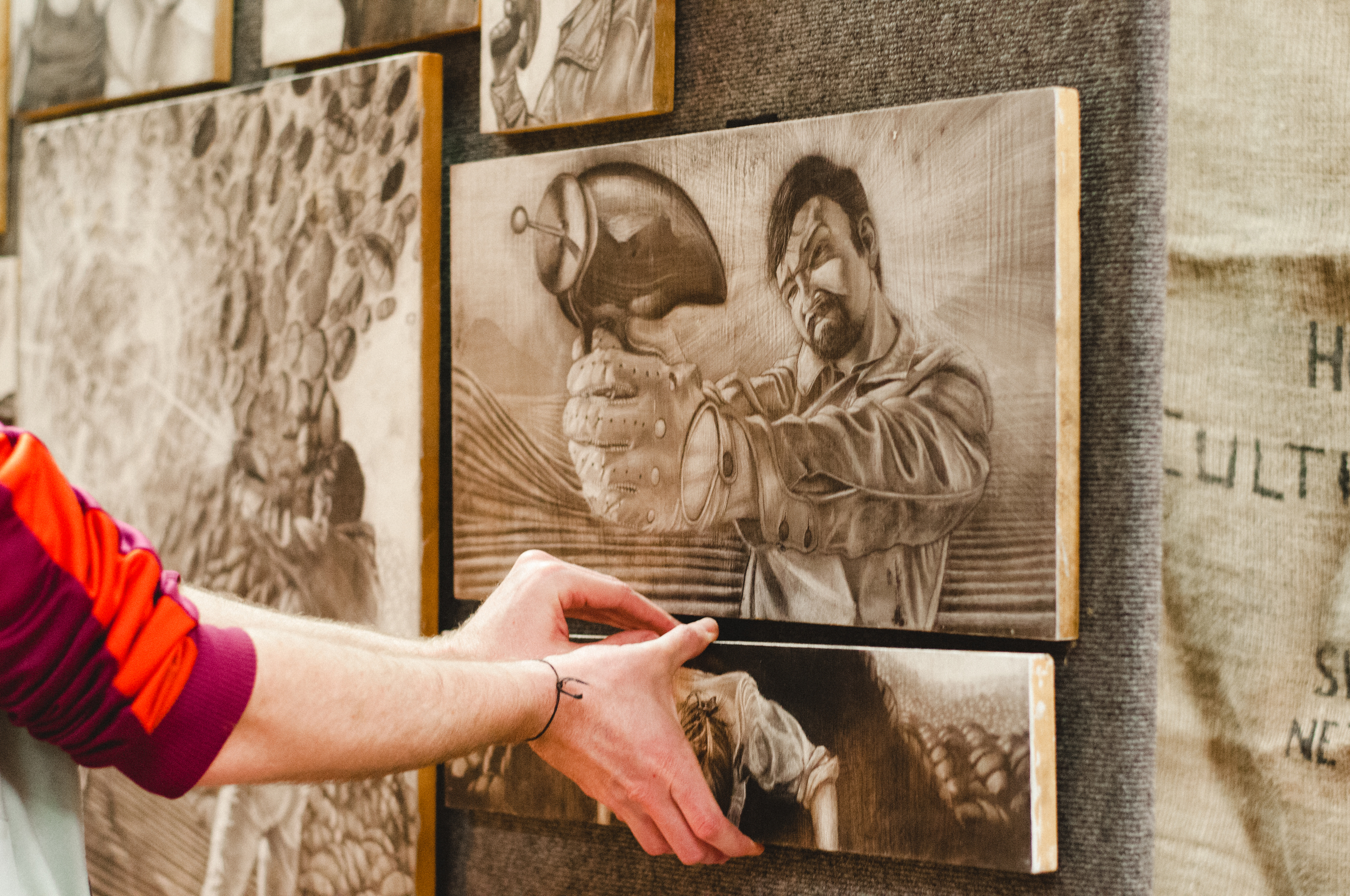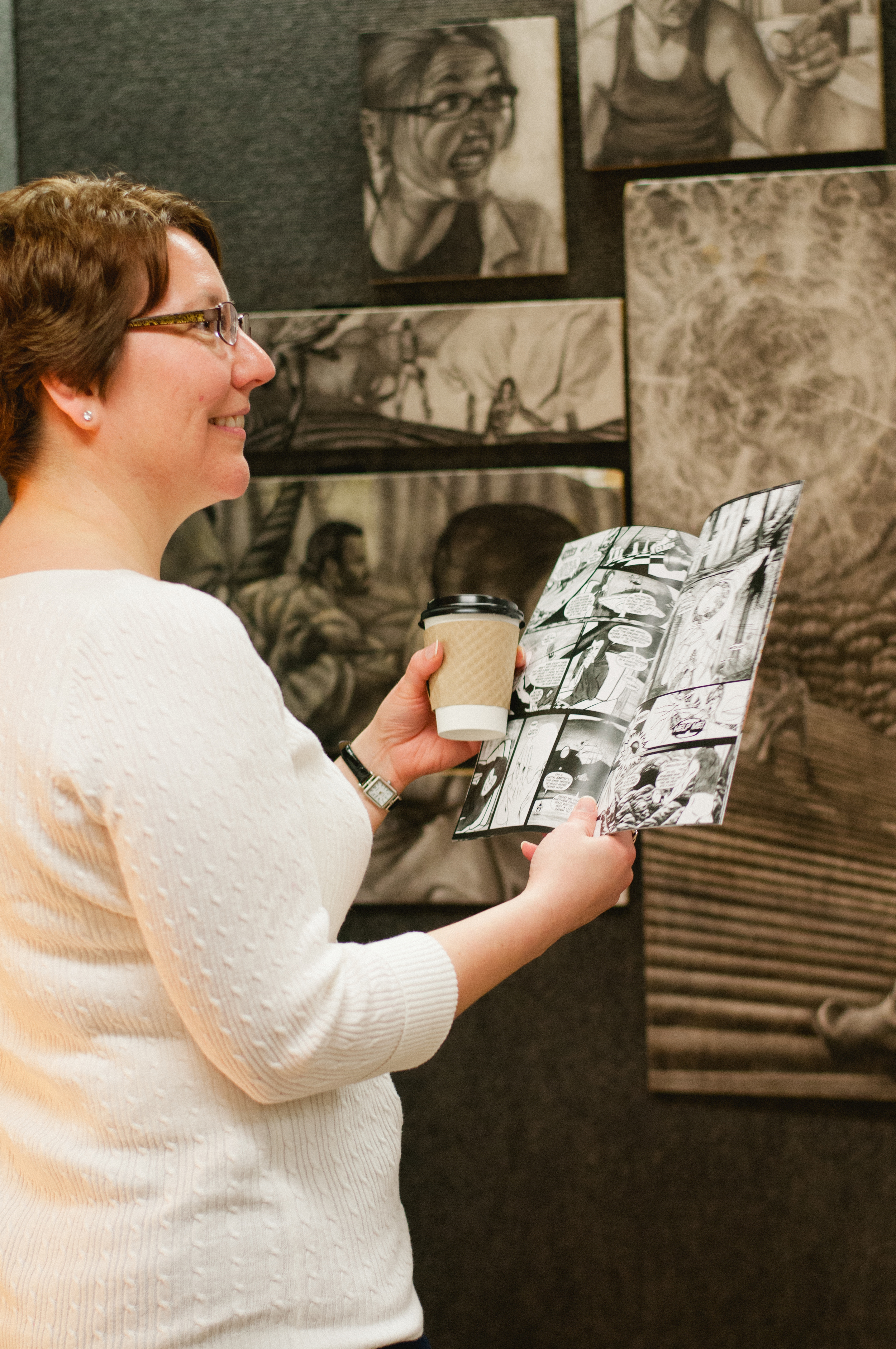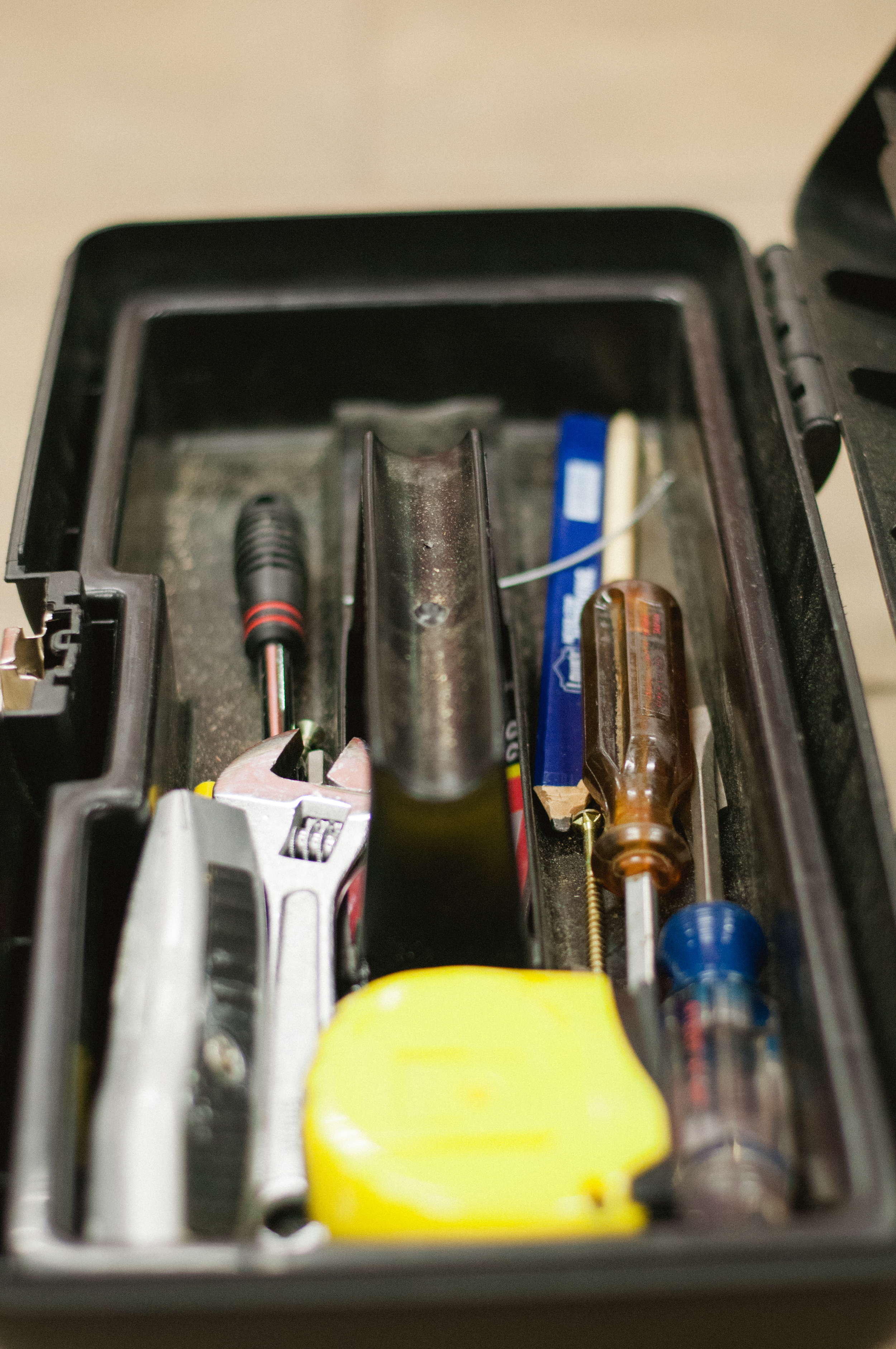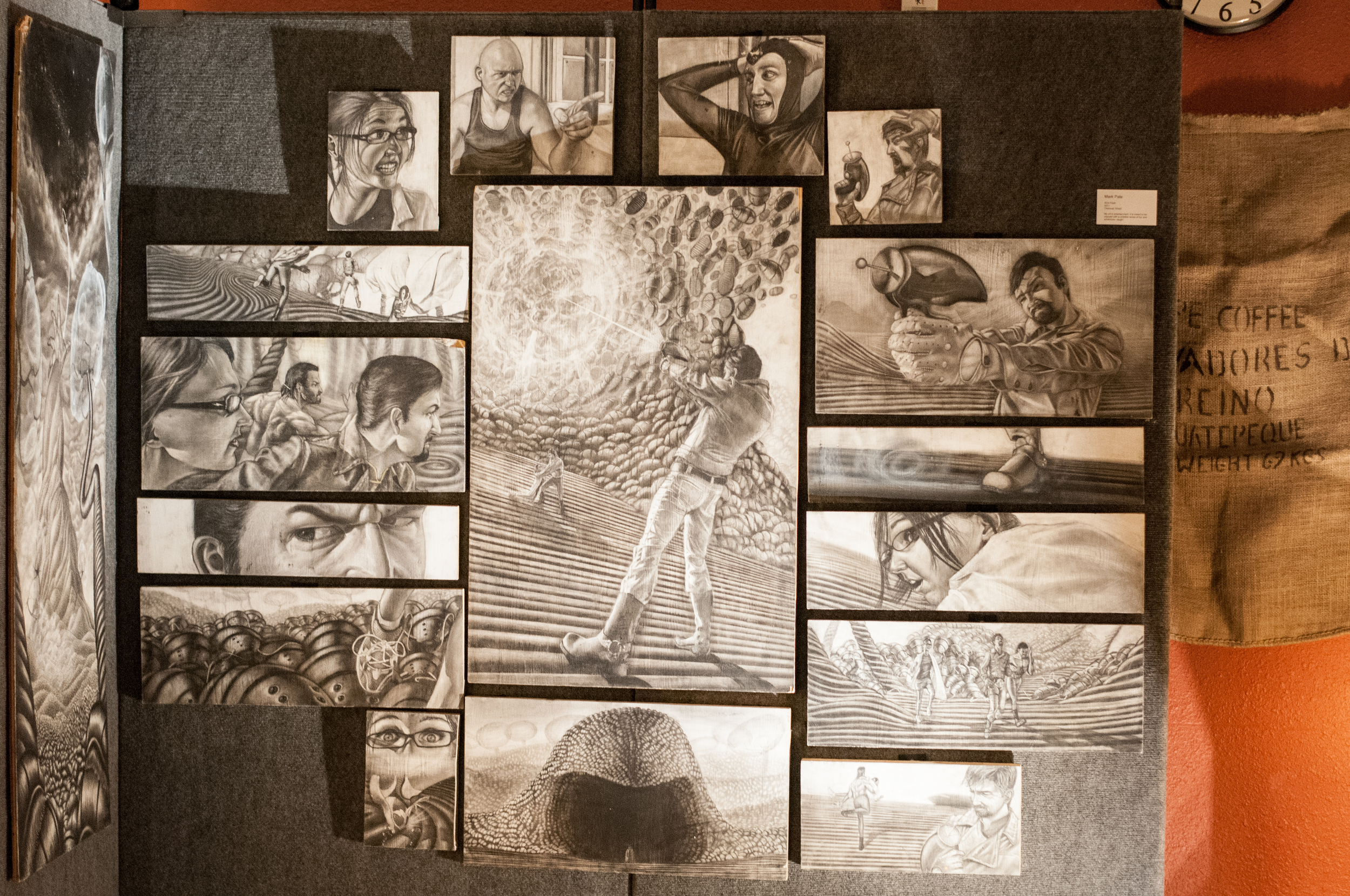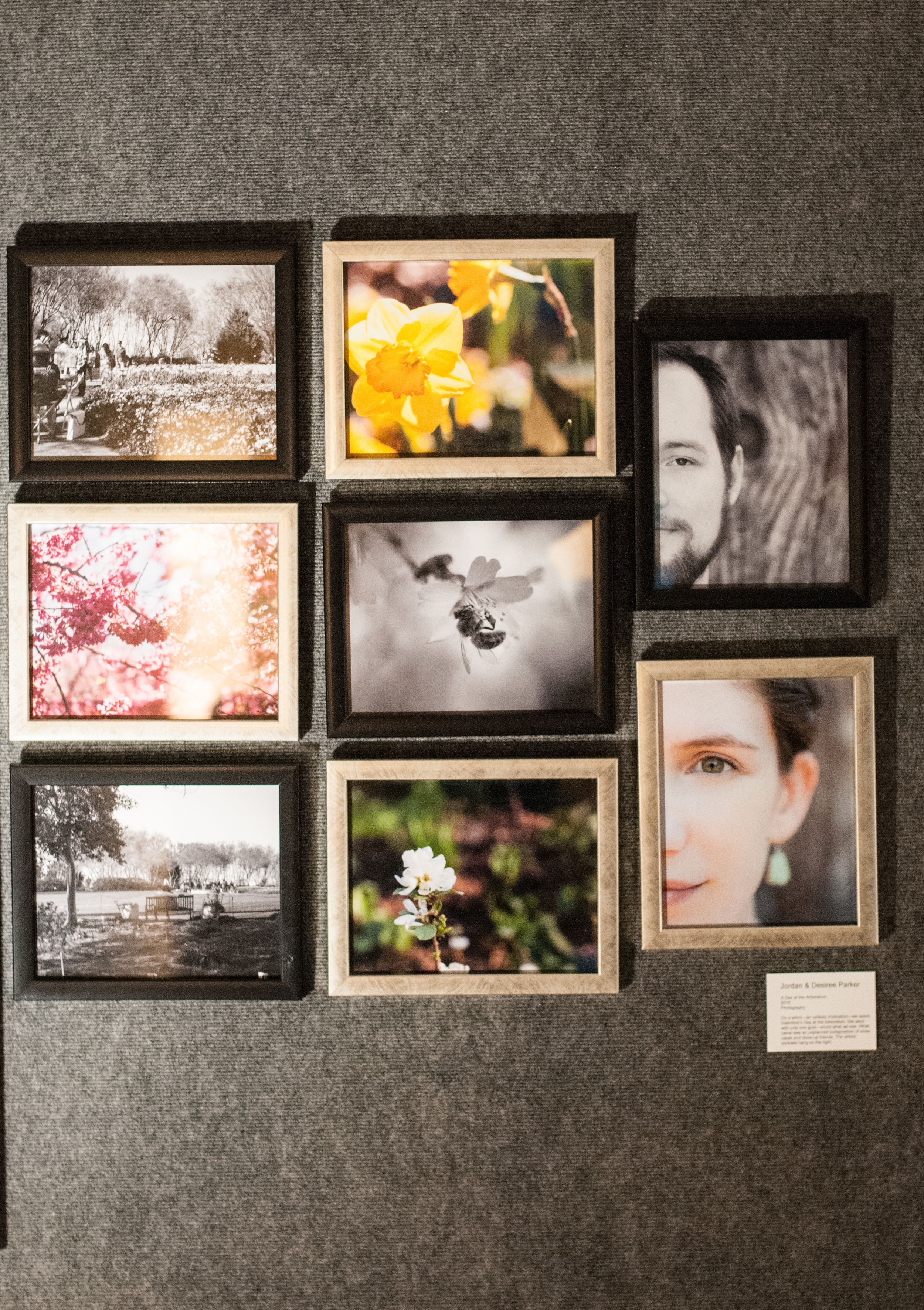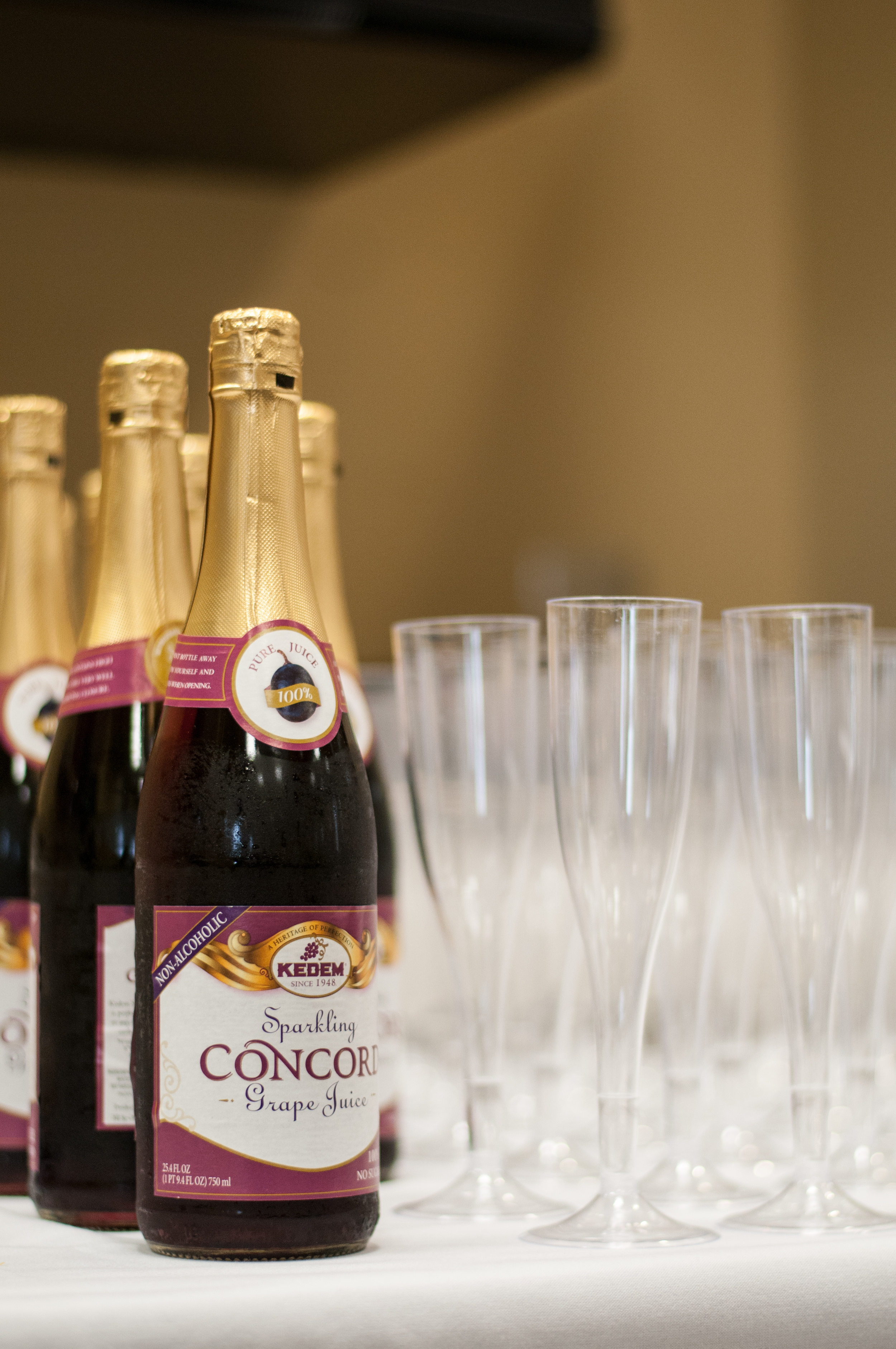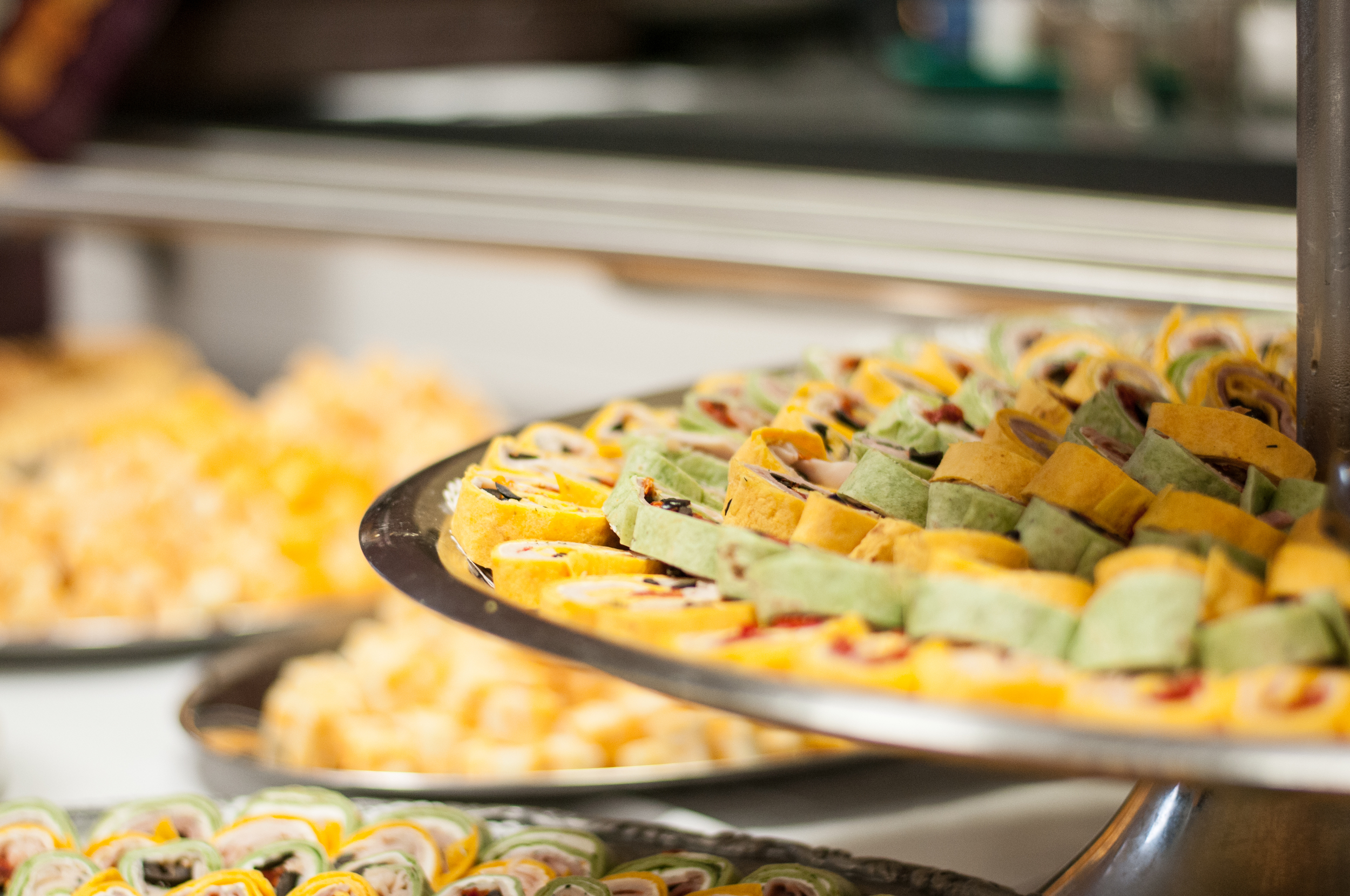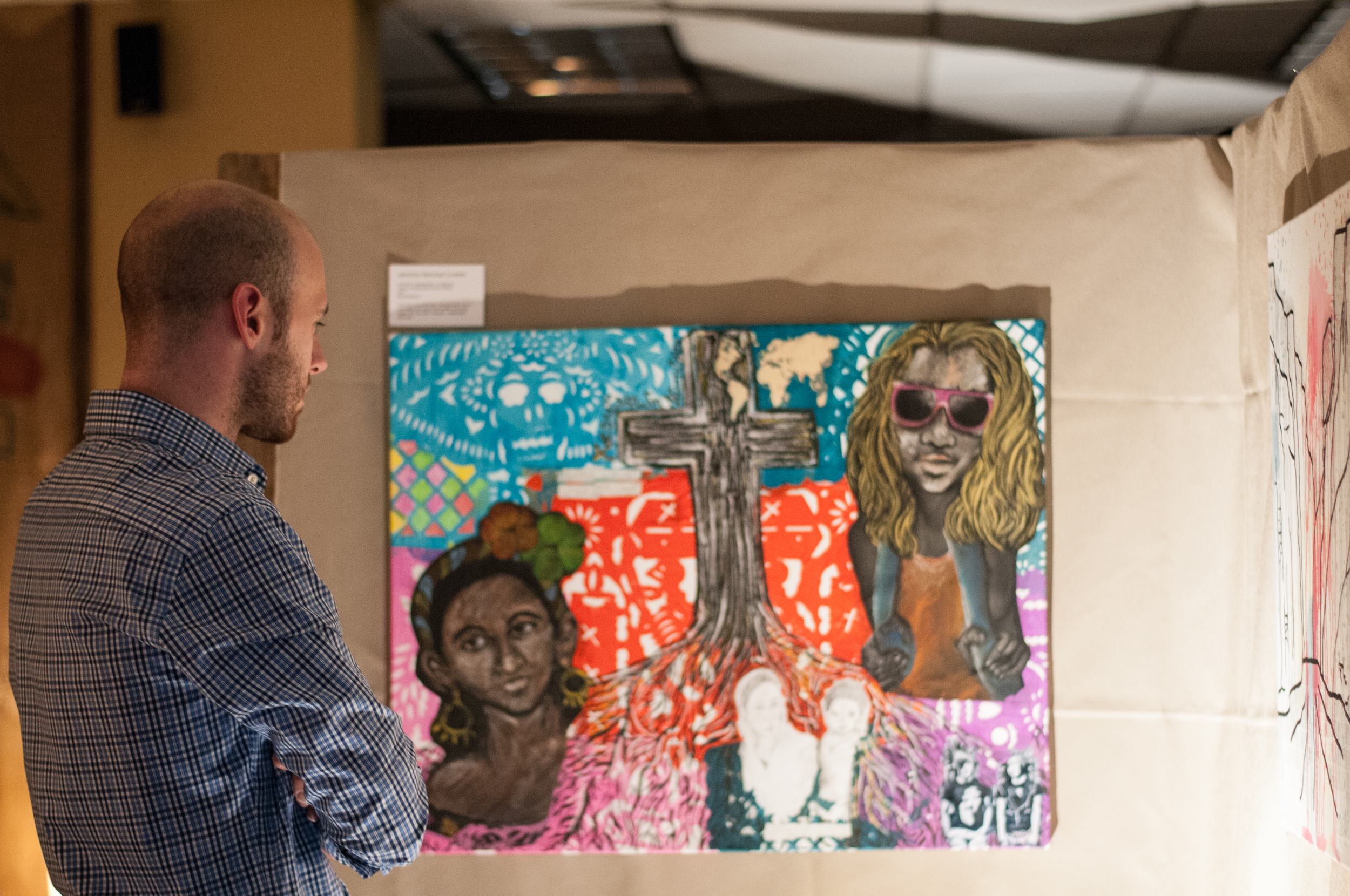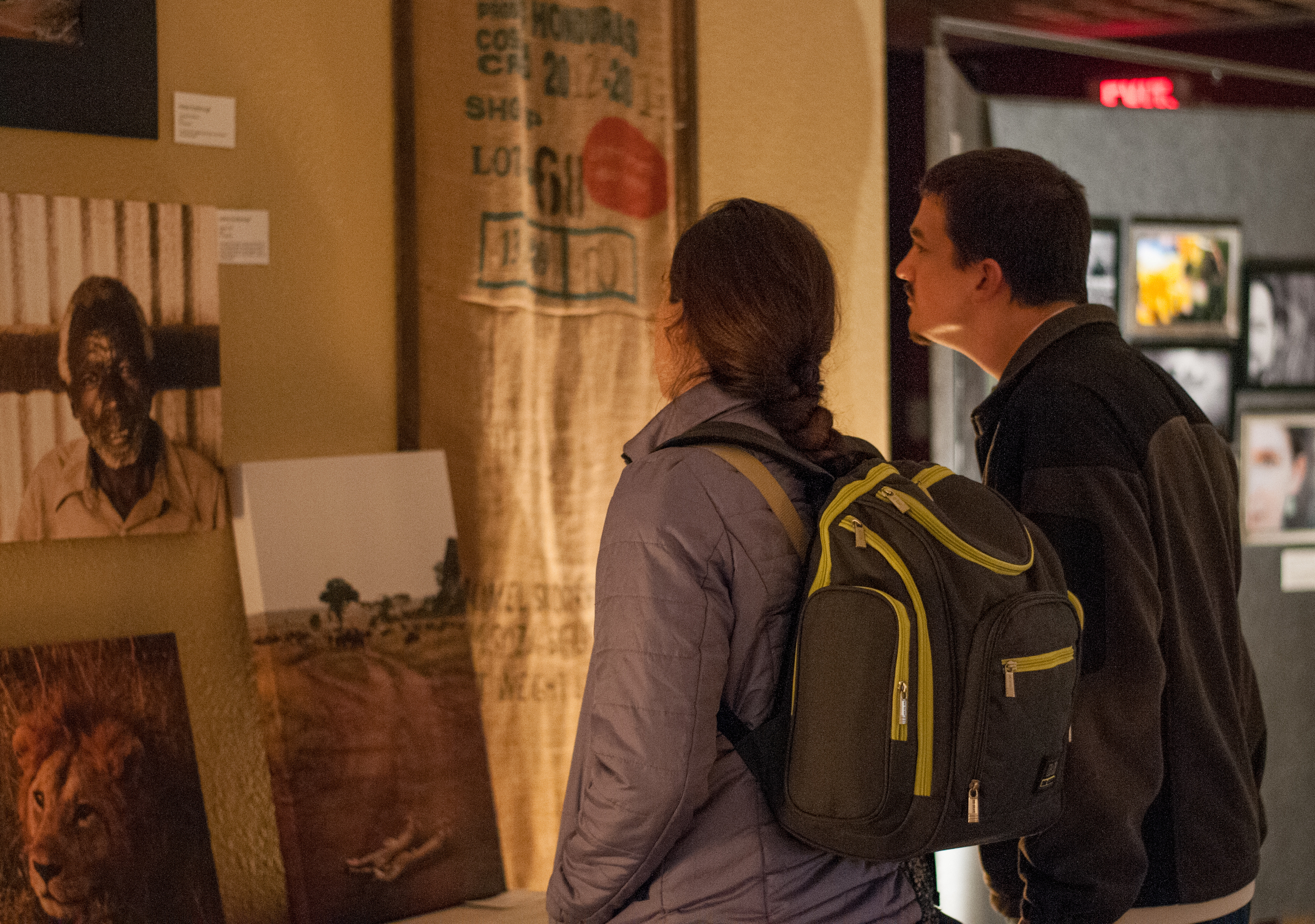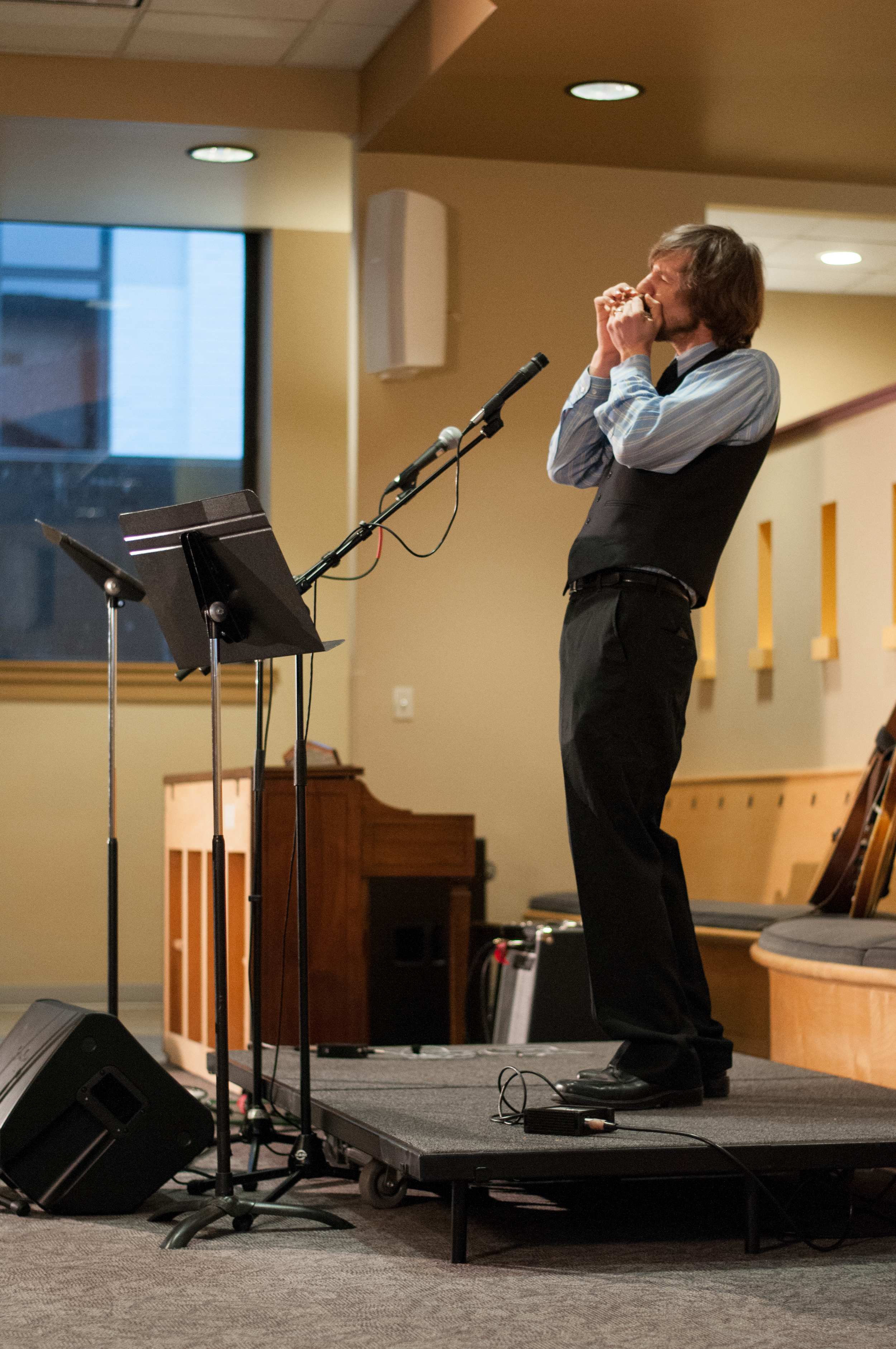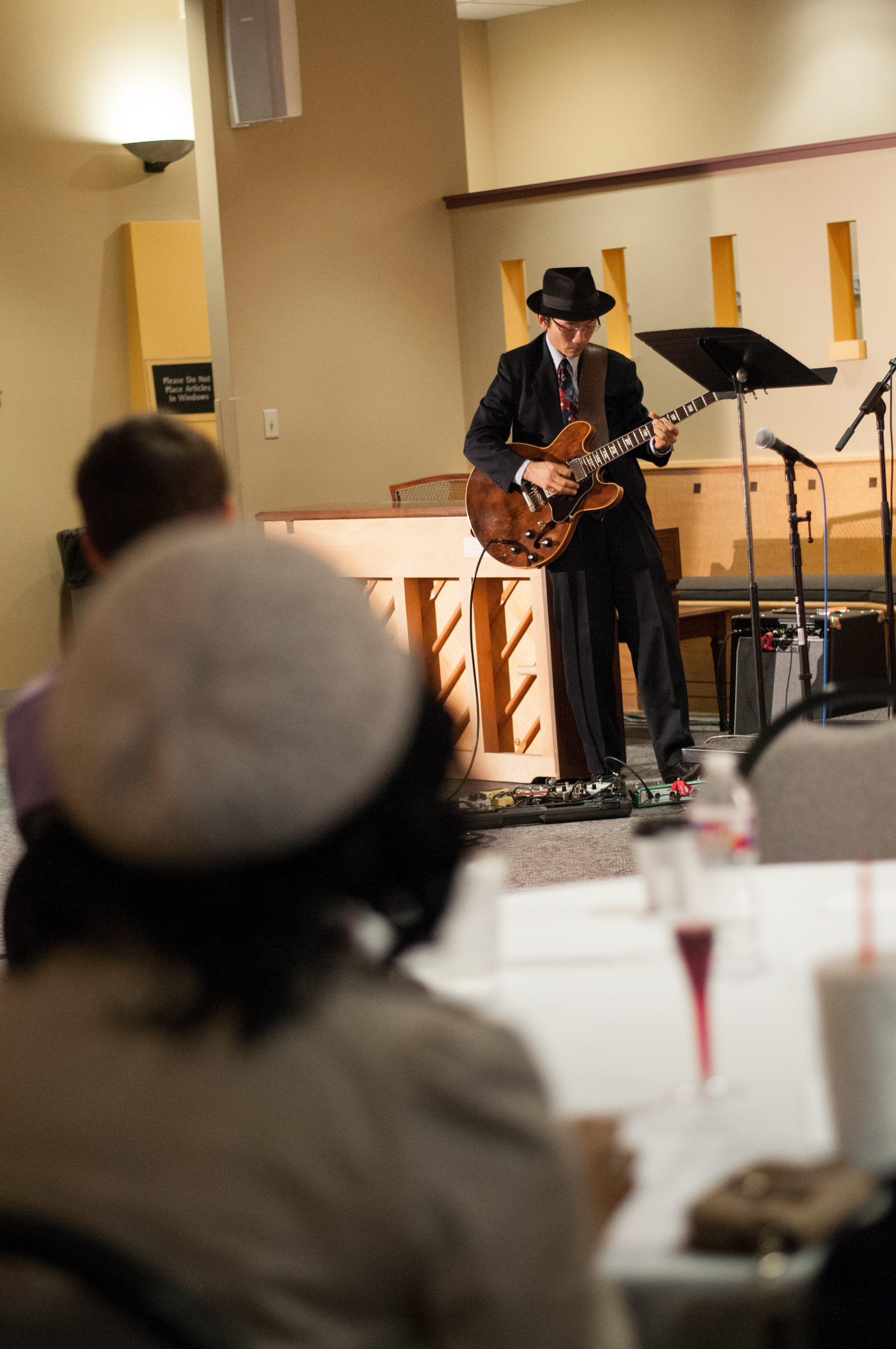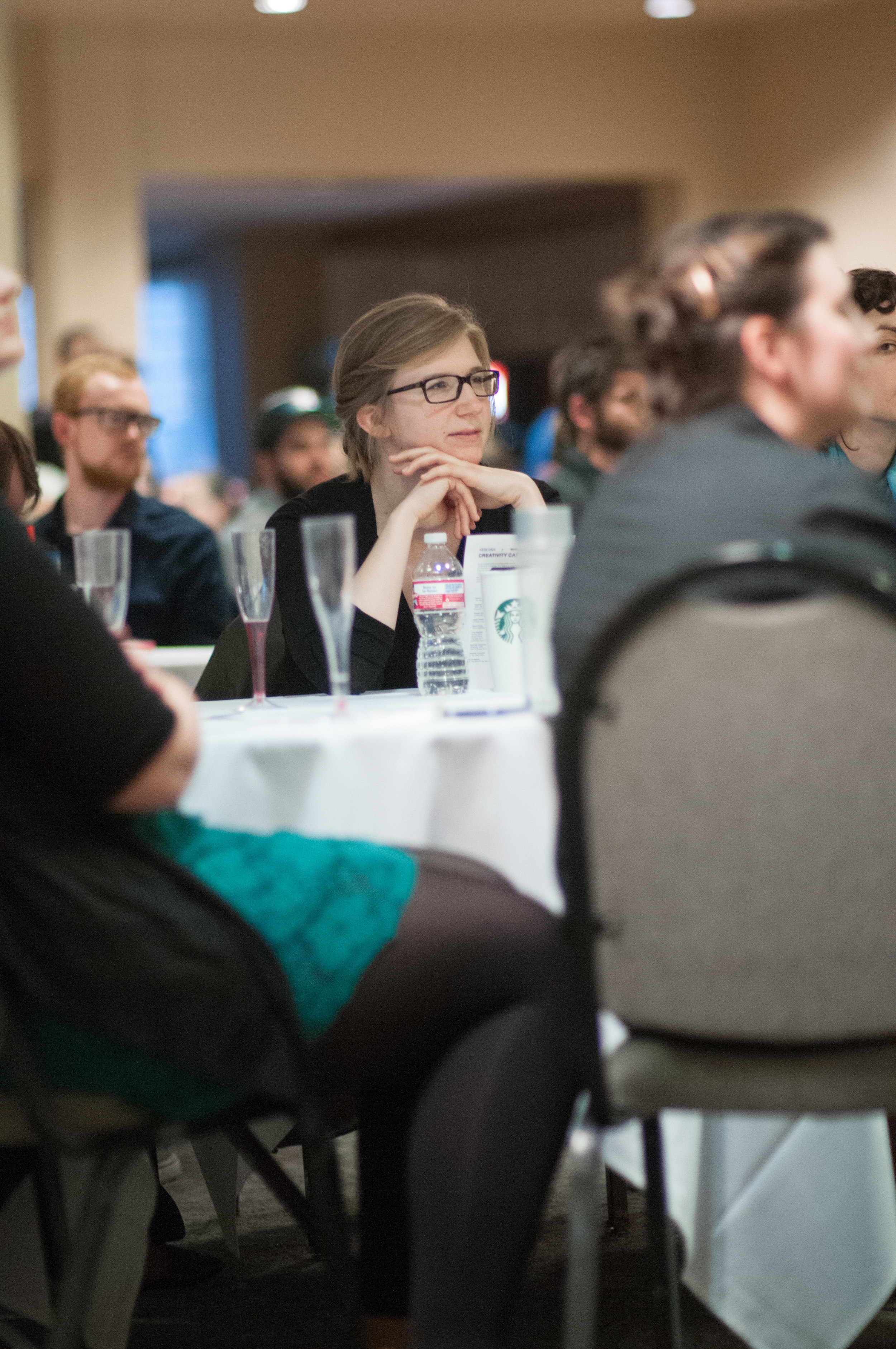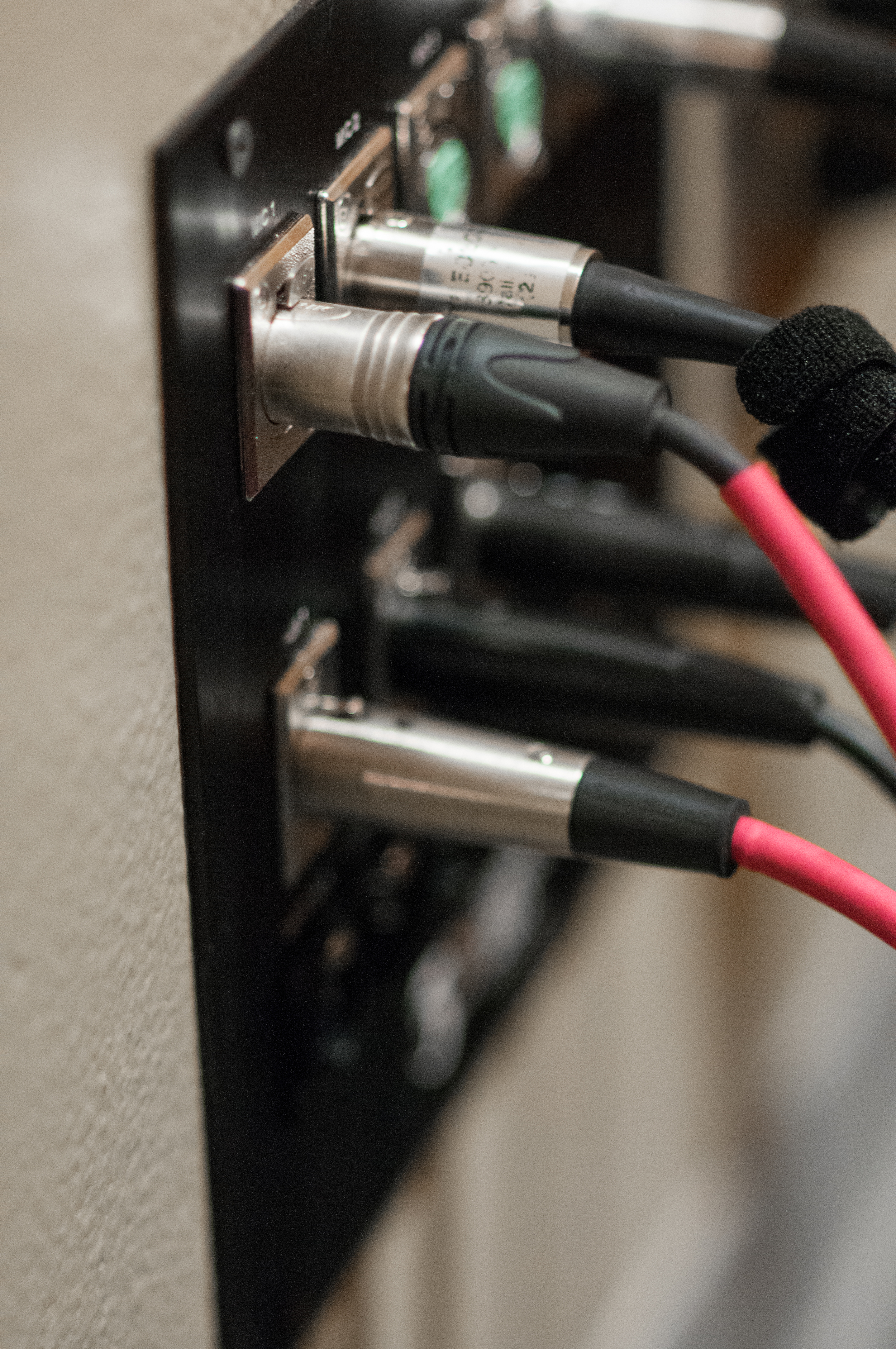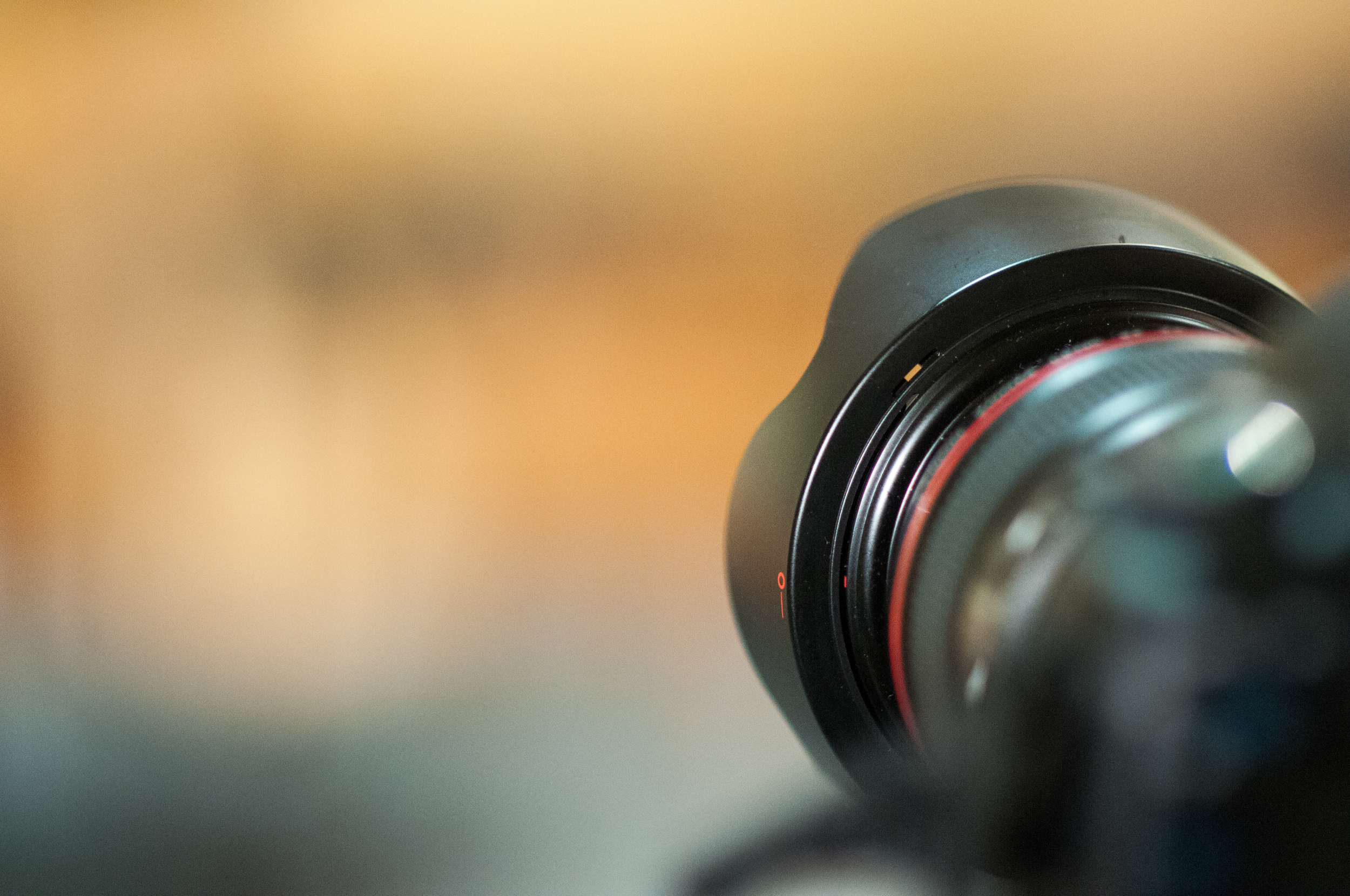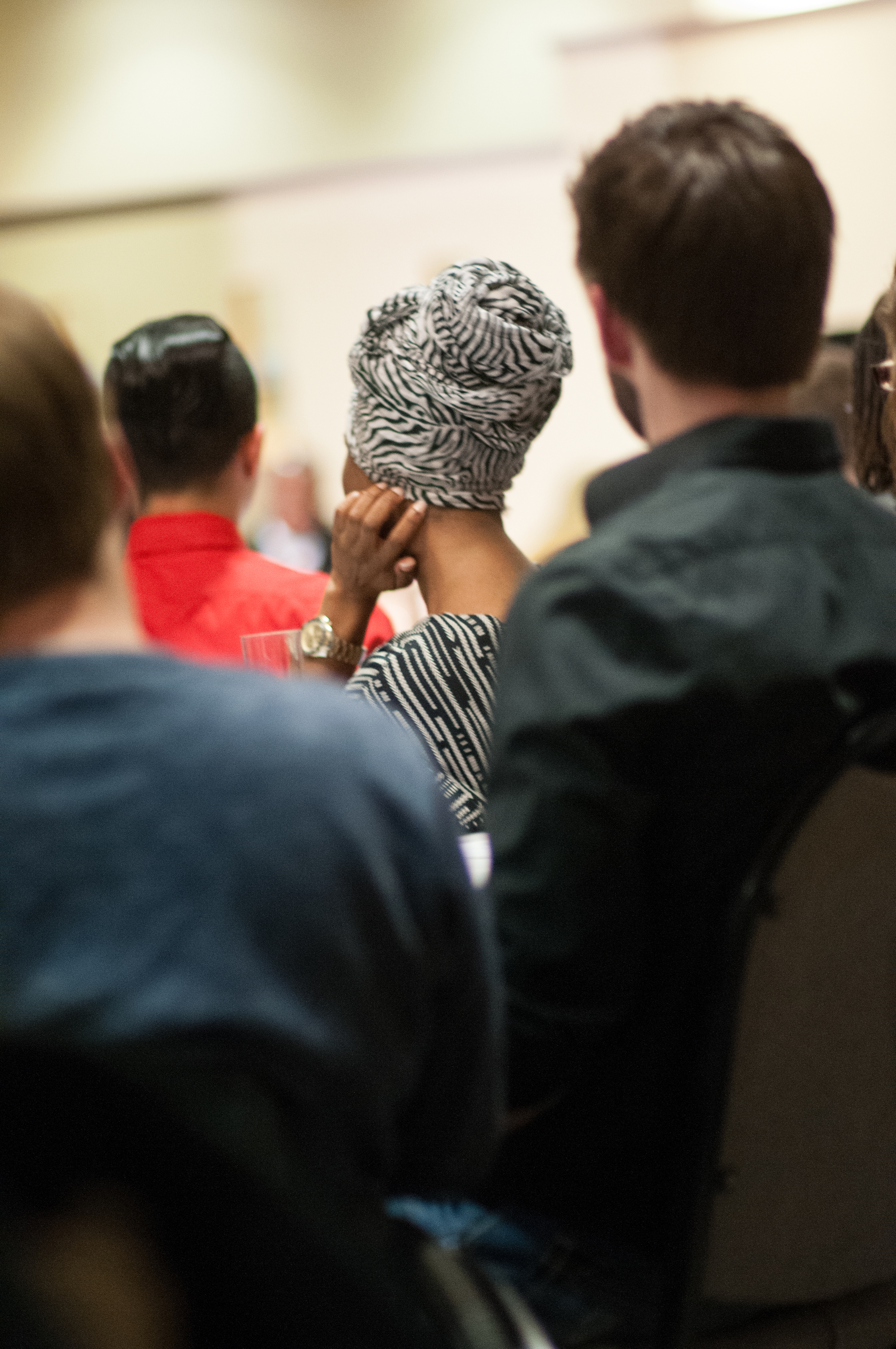Below you will find a personal article I wrote up from my time with Children's Relief International in Mozambique this past June. I struggle to tell my stories in person. But when I get to sit down, grind through words for hours, erase, delete, and rewrite, then it starts to pour out. I hope you all enjoy this one.
Let me introduce you to our sister in Christ, Ines Guereiro (in the picture above). I met her while documenting our Green Door Project, who builds homes for families in need.
As a widow, Ines and her sixteen-year-old granddaughter spend most days cooking, walking miles to fill jugs with water, and hand-washing clothes.
“After losing my four children, I was looking for hope and protection.” -Ines
With the loss of her family came the burden of loneliness. She ached for shelter, safe and security. A few years ago, a missionary came and shared how she could find eternal shelter. That day Ines accepted Christ.
She now attends Dondo Baptist Church. Here it was mentioned that there was a program called Green Door that built homes for people like her. Because of many generous donors this past spring, CRI was able to put Ina on the list to have a house built this summer.
"It brings me great joy to not have to replace my grass roof anymore." -Ines A Green Door home means families don't worry about termites. The chance of catching malaria decreases drastically. They don’t have to sleep standing up during the heavy rains. Green Door doesn't offer just a home; it offers comfort, safety, and hope. Families can work, provide for others, and receive an education without the stress of managing a mud home.
As the work crew began building, Ines waited with excitement and thanksgiving. The morning we flew out, she woke up for her Green Door home dedication, where Manuel taught Ines how to use keys for the first time.
The mornings I spent talking with Ines, getting to pray with her and hear her story filled me with so much thankfulness for my job. I am honored to get to be a part of her life, share her story, and learn from her. I cannot wait for you all to meet her one day when we get to Heaven.


